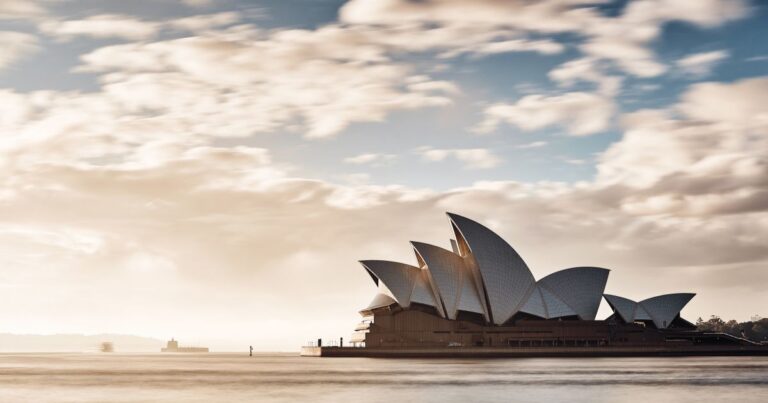Highly interesting suburb is stacked with dining, cafes, intriguing architecture & significant public amenities – albeit with a pricetag to match, and typical Sydney traffic/parking issues.
Summary: Historic yet dotted with modern elements, while both prestigious and trendy, Randwick in the eastern suburbs makes for one of the most interesting and eclectic suburbs in Sydney. Your average slice of wealthy and uneventful suburbia this is not; Randwick’s prime location and abundance of amenities make it a buzzing spot with a ton to see and do, and for multiple purposes – whether that be dining, shopping, sightseeing, or simply admiring its varied streetscape.
Randwick’s varied range of home styles and sizes are a living representation of the decades of Sydney’s evolution, often sitting side-by-side with one another. Meanwhile its multiple intersection-based hubs of cafes, restaurants & boutiques, sandstone and glass-made buildings and array of significant public spaces means there’s something new to see and do around almost every corner. It’s also increasingly well-connected via public transport services, is a stone’s throw from the beach, and largely safe. It’s also prohibitively expensive for property despite its extensive older high-density housing, has notable parking issues, and can fluctuate between noisy or utterly peaceful depending on which individual street you should live.
Key stats
Region: Eastern Suburbs
Population: 32,000
Postcode: 2031
Ethnic Breakdown: English 21.3%, Australian 15.3%, Irish 12.4%, Scottish 6.2%, Chinese 6.0%
Time to CBD (Public Transport): 25 minutes
Time to CBD (Driving): 20 minutes
Nearest Train Station: Randwick (light rail)
Highlights/attractions: Multiple dining hubs, historic architecture, Royal Randwick Racecourse
Ideal for: Families, professionals, young professionals, university students
Randwick is one of the most interesting snapshots of how “inner Sydney” life has evolved over the decades, all summed up within the one postcode.
This is a suburb that is absolutely packed with noteworthy features both private and public, historic and modern, and crams a ton into what isn’t really physically that massive an area.
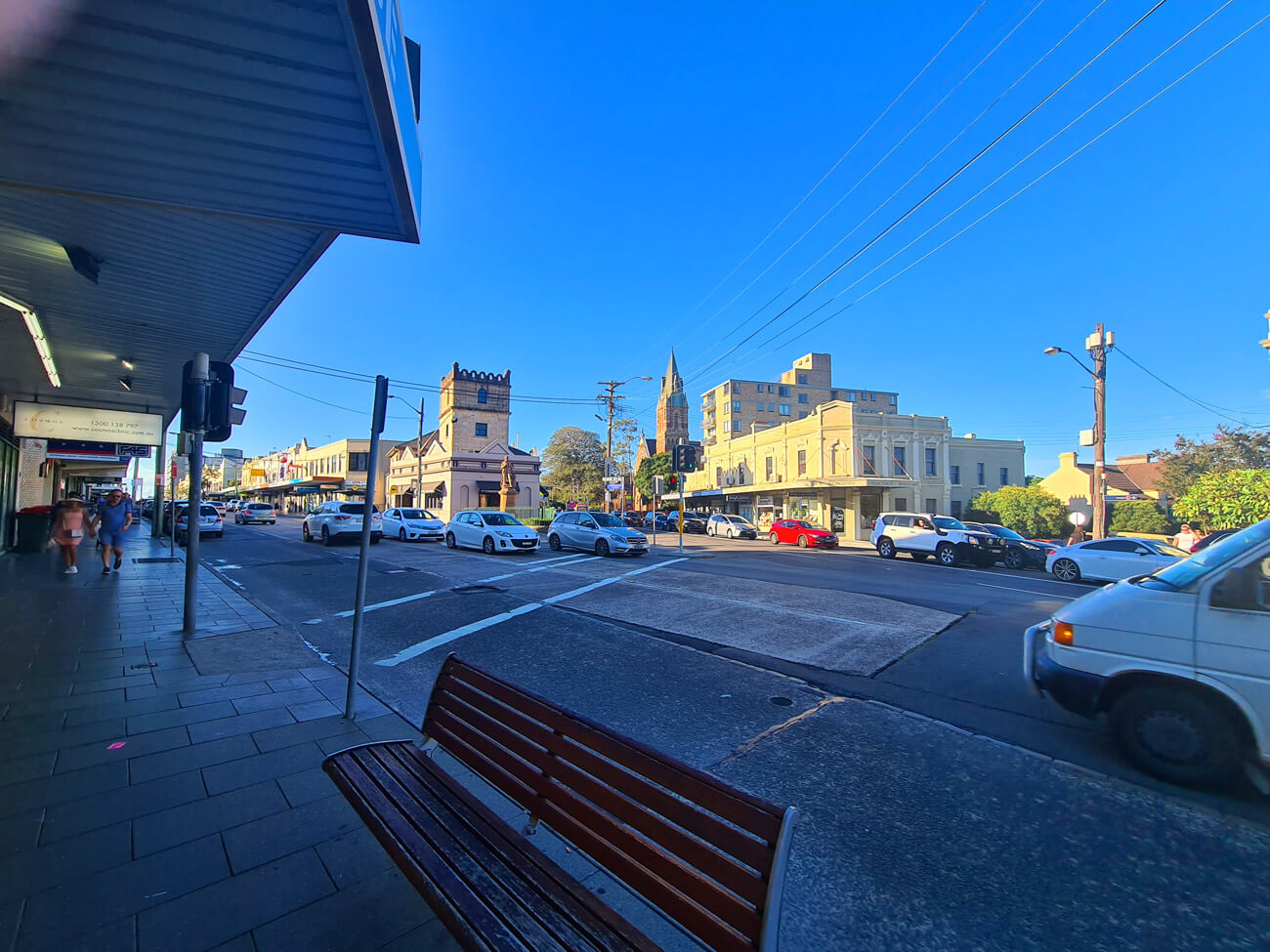
It takes elements from multiple facets of what feels like the aim was for original Sydney living a hundred years ago – proximity to the CBD, a beach nearby, theatres, spacious parks, glimpses of ocean views, high-achieving public education facilities, diverse dining, prestigious homes, and much more – and adds in dashes of modern convenience and design with enough variety to provide something intriguing for almost every age group.
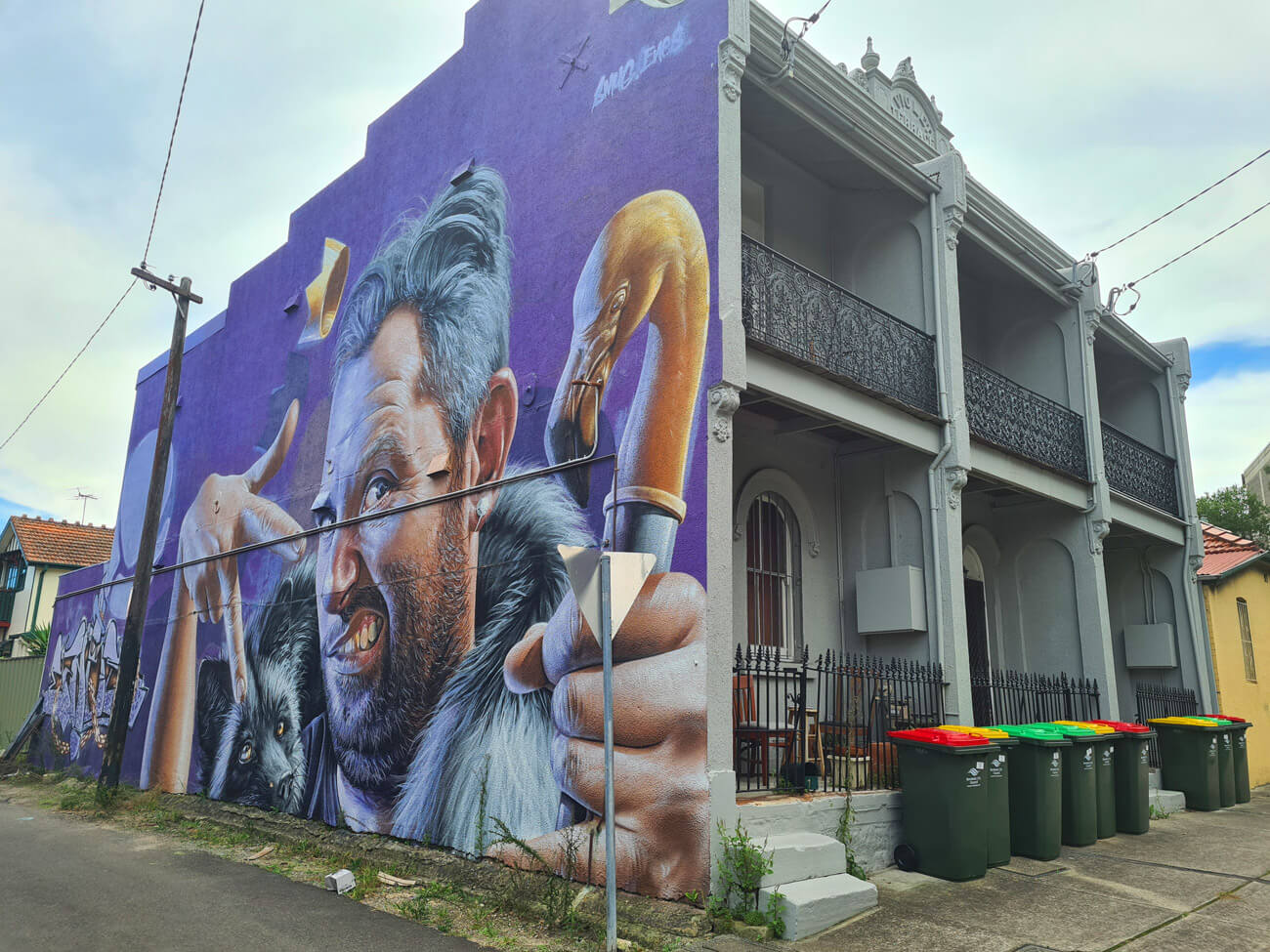
By sheer virtue of its location, Randwick is also much more active and lively than many of the other high-end and wealthy, yet often stuffy, “prestige” suburbs elsewhere in the city.
Sure, it brings with it some extra noise and traffic issues that these other elite suburbs don’t have, but if you’re going to be living in Sydney and wanting to actually experience “true Sydney” then there are few better springboards from which to do so on a regular basis.
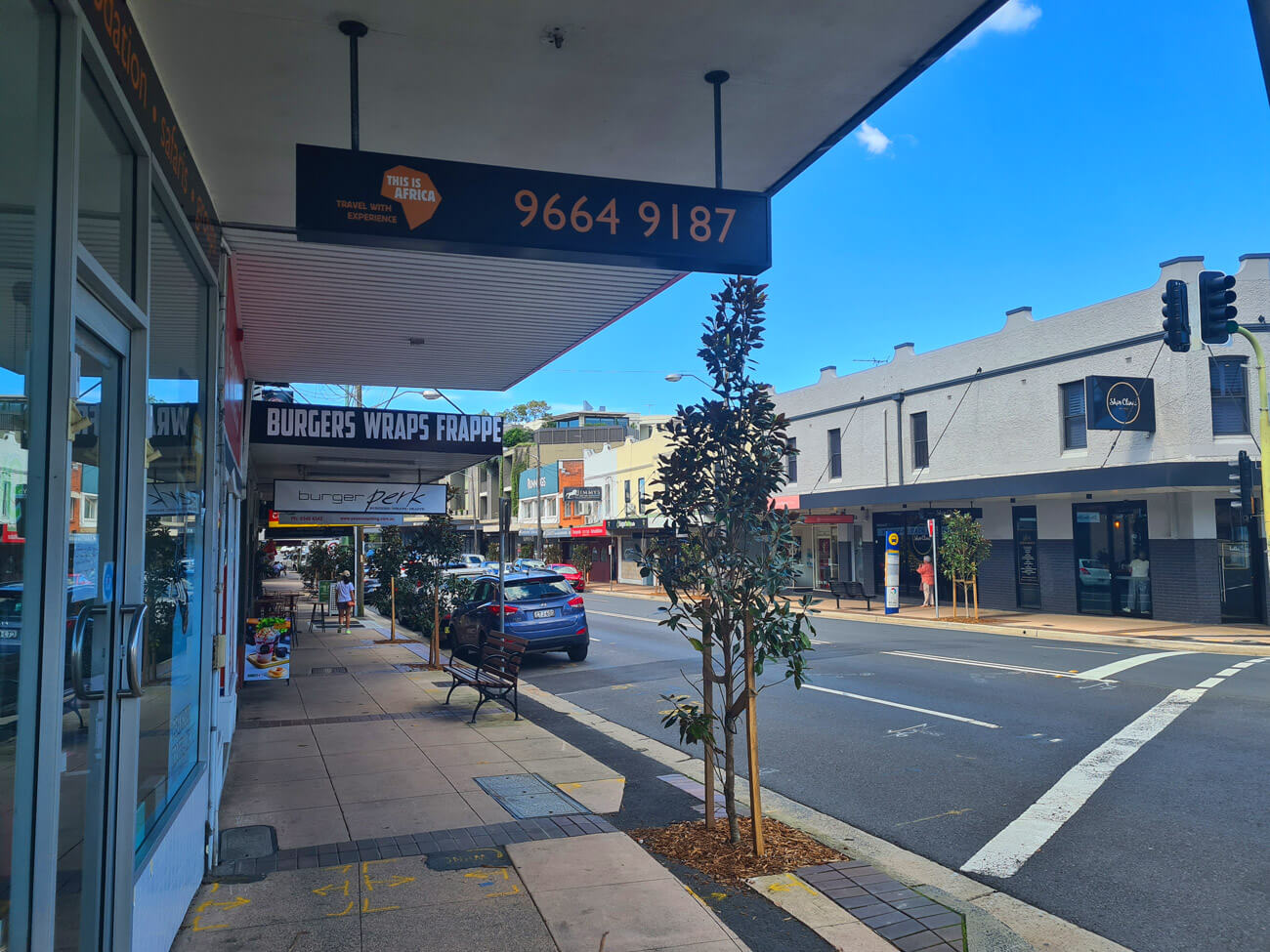
Of course, all these positives means that Randwick does bring along with it the same eye-watering pricetags high-end Sydney suburbs are known for – with the added factor that even its heaping of high-density living doesn’t do much to bring the cost factor down, either.
In terms of physical location, it’s hard to get a better and more convenient spot in the central Sydney ring than Randwick. While it’s not absolute metro the way somewhere like Surry Hills or Glebe is to the point where they feel like basically an extension of the CBD, it’s pretty damn close, with only a cluster of enormous public spaces separating it from its adjacent brothers.
These green spaces – we’ll go into more detail later – create a notable amount of “breathing room” that signifies a pretty big transition between the inner, often dirtier, suburban Sydney streetscapes and Randwick itself.
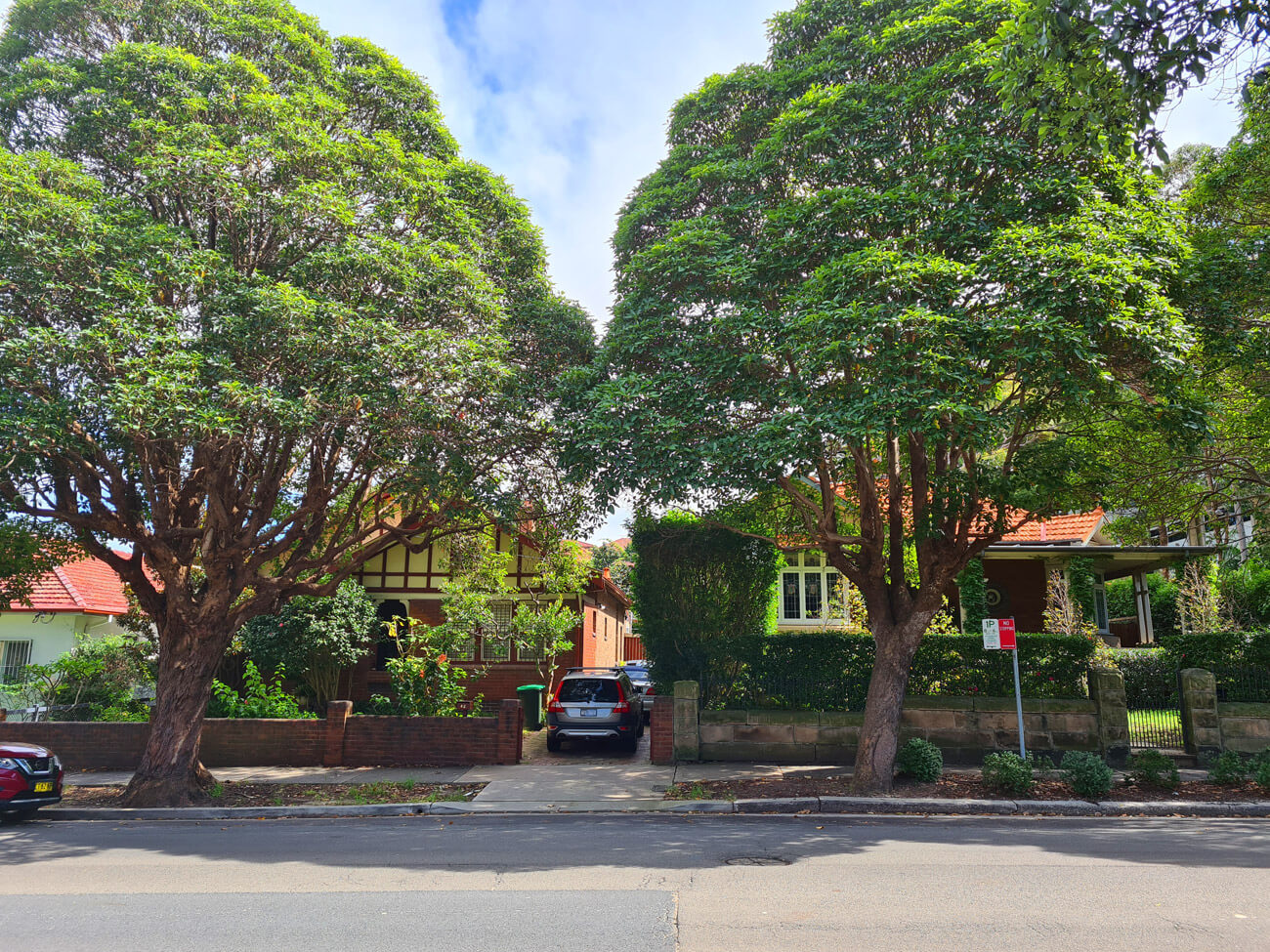
Randwick sits in a position to Sydney’s inner-south-east that is thus handy and accessible while still feeling more open and airy as a whole. For road access, it’s serviced by fairly major arteries like Alison Road and Anzac Parade that technically can provide a sub-20 minute car journey into the CBD, but this is typically only achievable during off-peak hours.
The morning rush of other fellow Eastern Suburbs residents cause a signature Sydney traffic slowdown, particularly when heading up Anzac Parade past Moore Park and beyond.
It’s an extremely short journey as the crow flies, but travel times of half an hour or more can occur during congested periods. Parking in Randwick in general can also be a chore, and is pretty heavily policed.
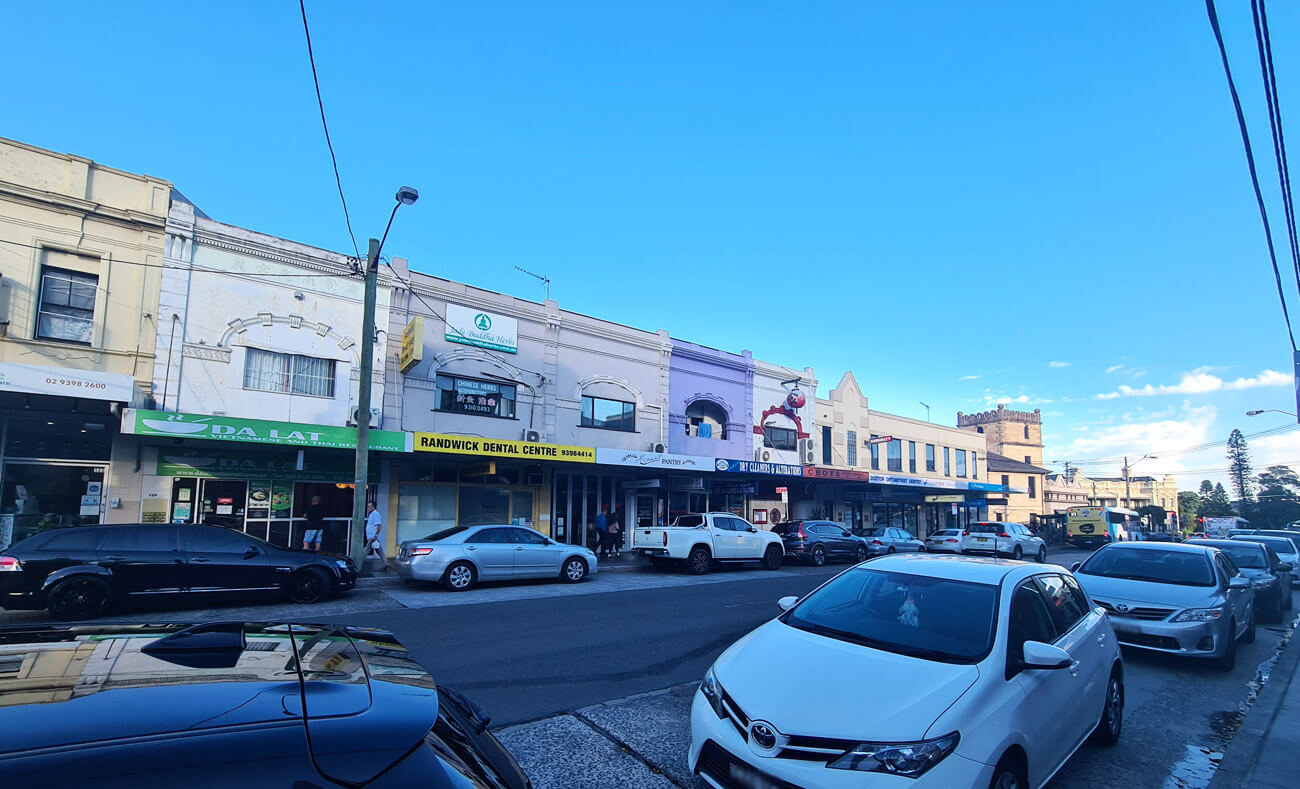
Randwick’s location also makes other desirable parts of Sydney less strenuous to get to as well; popular spots like Bondi & Coogee beaches are extremely short drives away (shame about the parking, though), Sydney Airport is well within easy striking distance, and other spots such as Maroubra and Little Bay are just a stone’s throw away as well.
In addition, while Randwick doesn’t have a heavy rail station, it still scores pretty high marks for public transport connectivity as well.
Its bus services are plentiful and frequent both into the city and other directions – hell, there’s even a bus depot here – and while they suffer from the same road congestion issues as cars, they’re often a more stress-free option for getting to work or public spaces than dealing with traffic yourself.
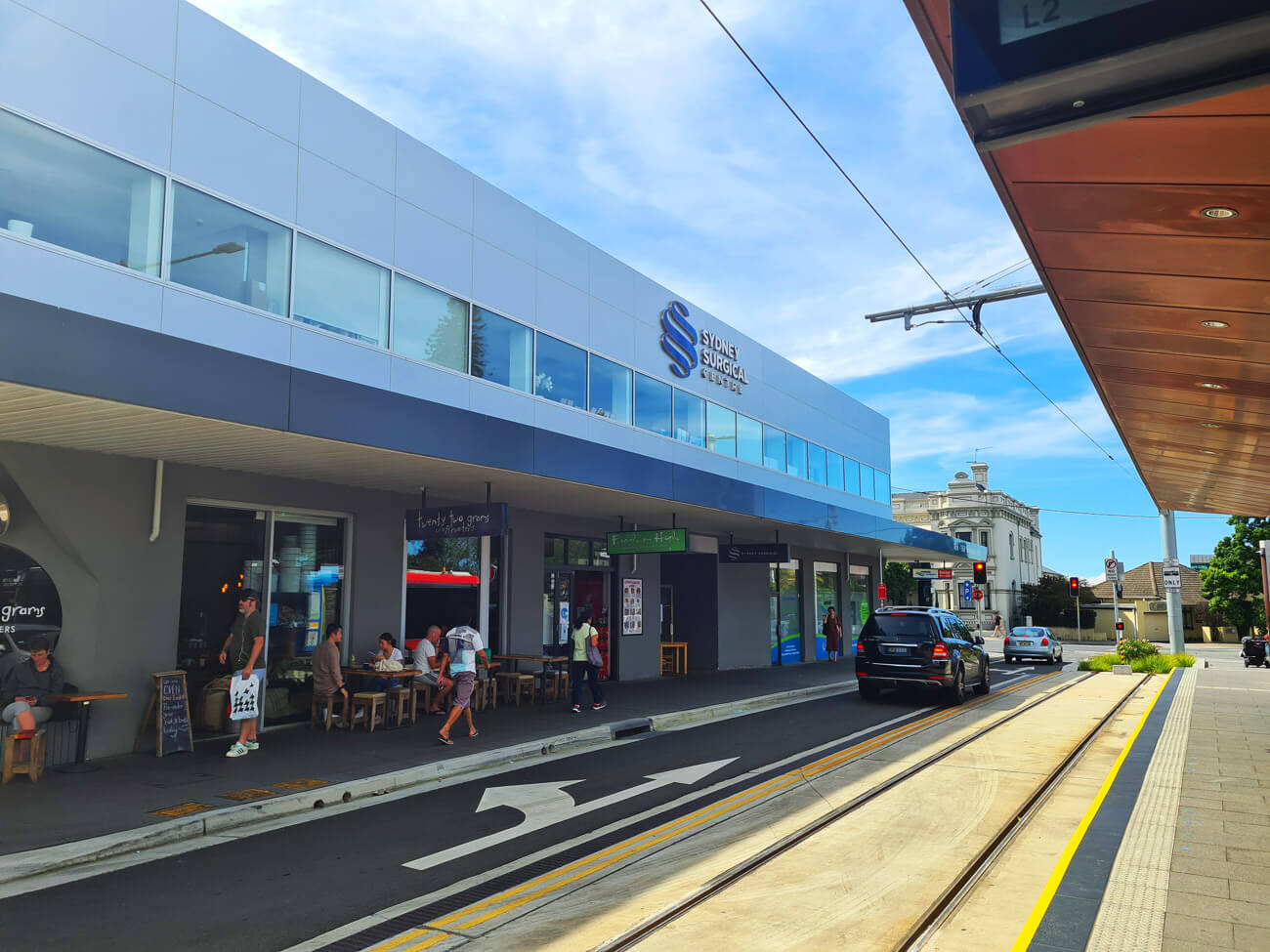
The biggest change however has come from the still-fairly-recent addition of the light rail/tram connection to Randwick.
While it’s not the fastest of vehicles in the world, it’s a comfortable and fairly smooth option for getting to Central and other spots in the city in a journey just over the 20 minute mark, and particularly handy during hot weather due to its modern air-con.
This of course works in the other direction as well, and also gives visitors another reason to make the effort to visit Randwick and enjoy its many offerings.
And offerings aplenty it has, with plenty of positives that make it worth a visit even for people not planning to live here.
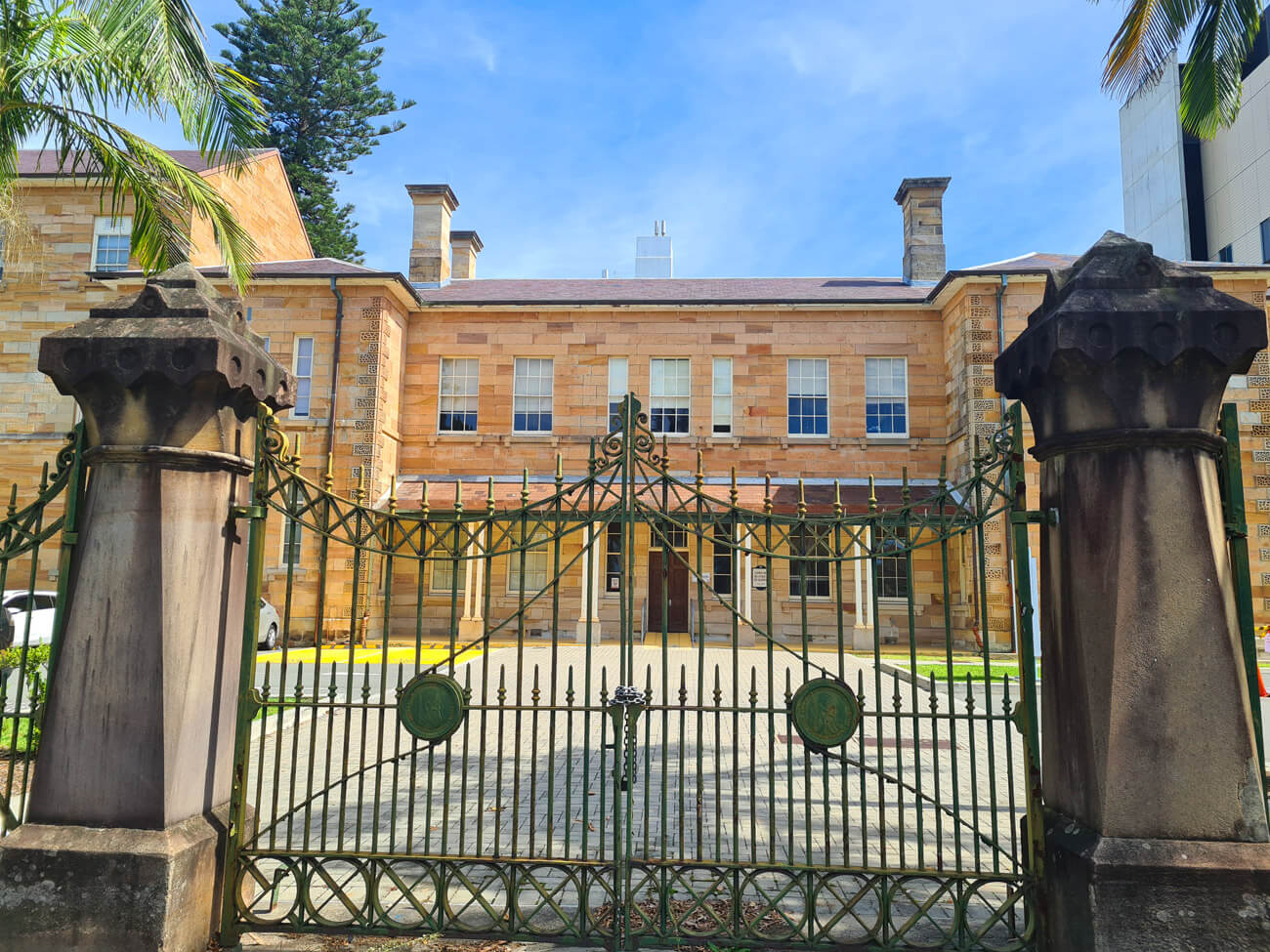
These include both the natural and man-made, which combine to make Randwick a place that’s enjoyable both on days of good and mediocre weather.
Unlike many other Sydney suburbs that can perhaps manage one short, central strip of mixed dining and boutique-style shopping with maybe a newsagent and supermarket, Randwick takes this and amps it up several degrees – with multiple separate “hubs” of dining and shopping that range in size from just a couple side by side, to long-stretching thoroughfares of nothing but.
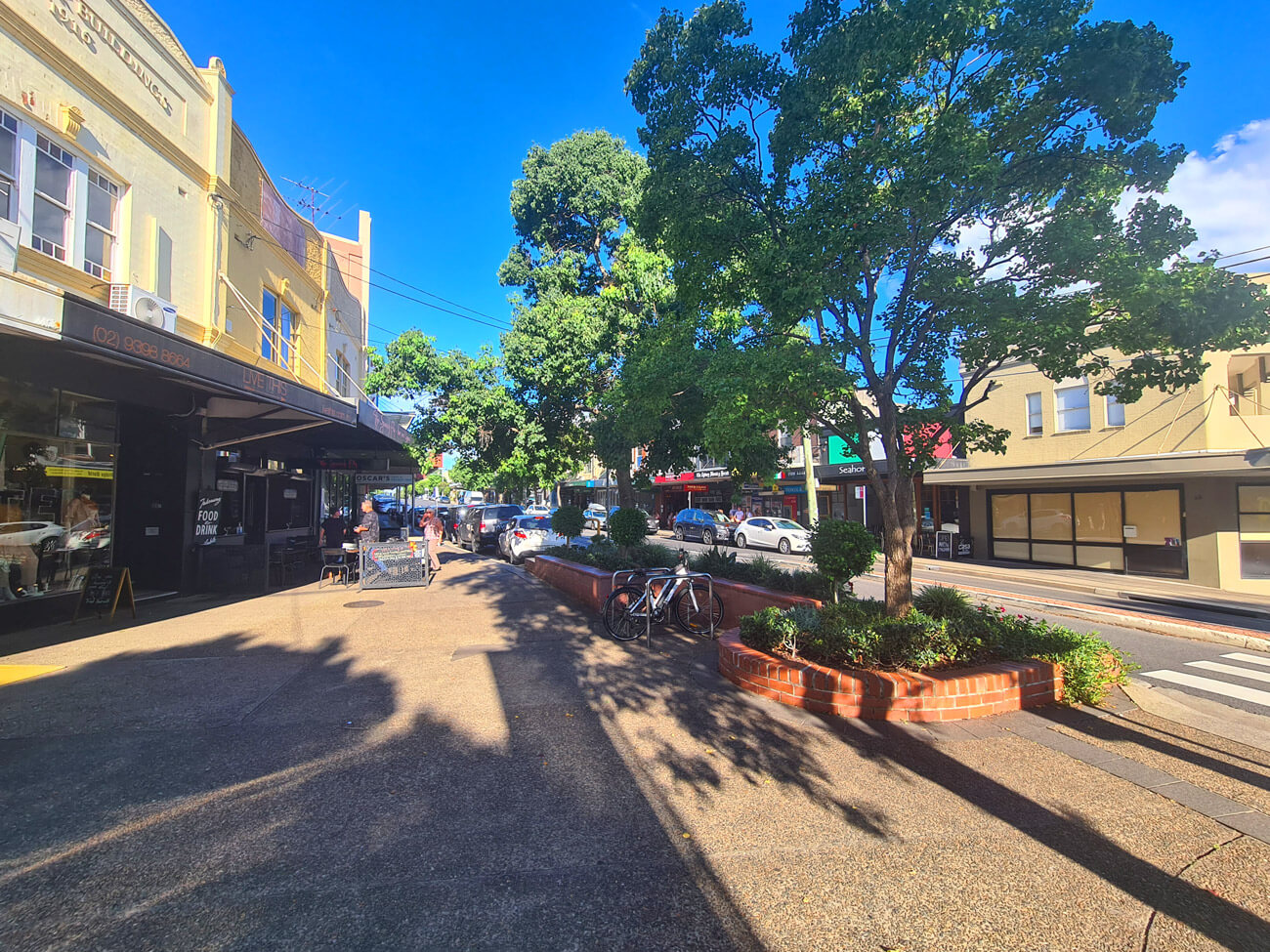
Randwick follows the older-Sydney-style model of clustering stores, cafes and dining around intersections; a model in which “your local” corner store or cafe depending on which part of the suburb you live was still a thing. This leads to a buzzing overall atmosphere with plenty of people typically out and about in each individual hub.
Chief among these is its main retail thoroughfare along Belmore Road, which is where most of its general amenities are concentrated and plenty of quality dining is dotted in.
Multiple supermarkets, a gym, chemists, boutique clothing stores, banks & more can all be found here in spades, in addition to its multiple cafes and restaurants. It’s a streetscape with architecture that is quite Inner-West-ish in nature, just a slightly cleaner version.
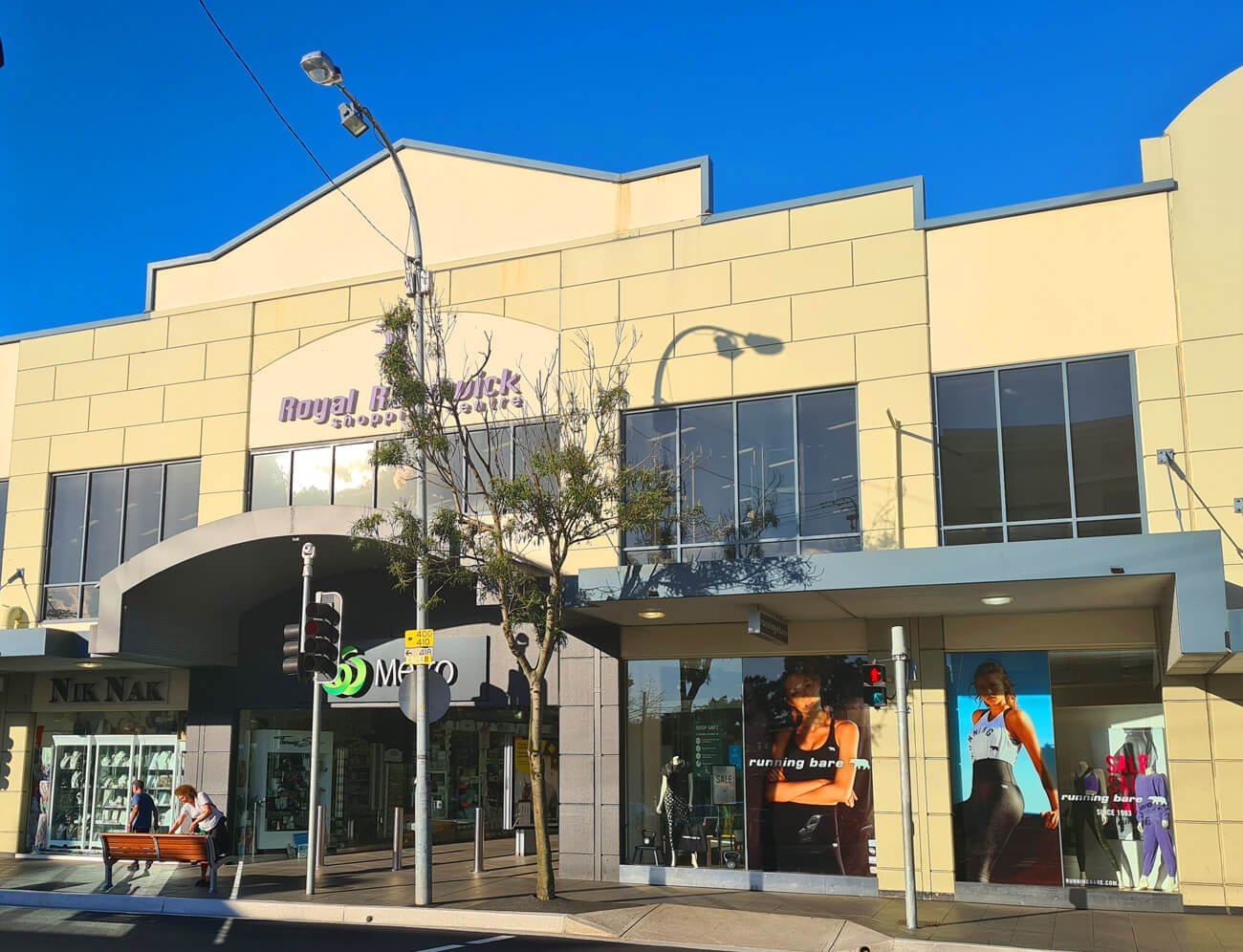
It’s far from the only noteworthy area for these types of amenities, however. Other intersections like the Alison Road & Avoca Street hub, the junction around Perouse & St Pauls, and further up along Frenchmans & Clovelly (which also is home to a cute “Metro-style Bunnings” that’s the first of its kind we’ve seen across all of Sydney) are absolutely packed with dining covering almost every major cuisine.
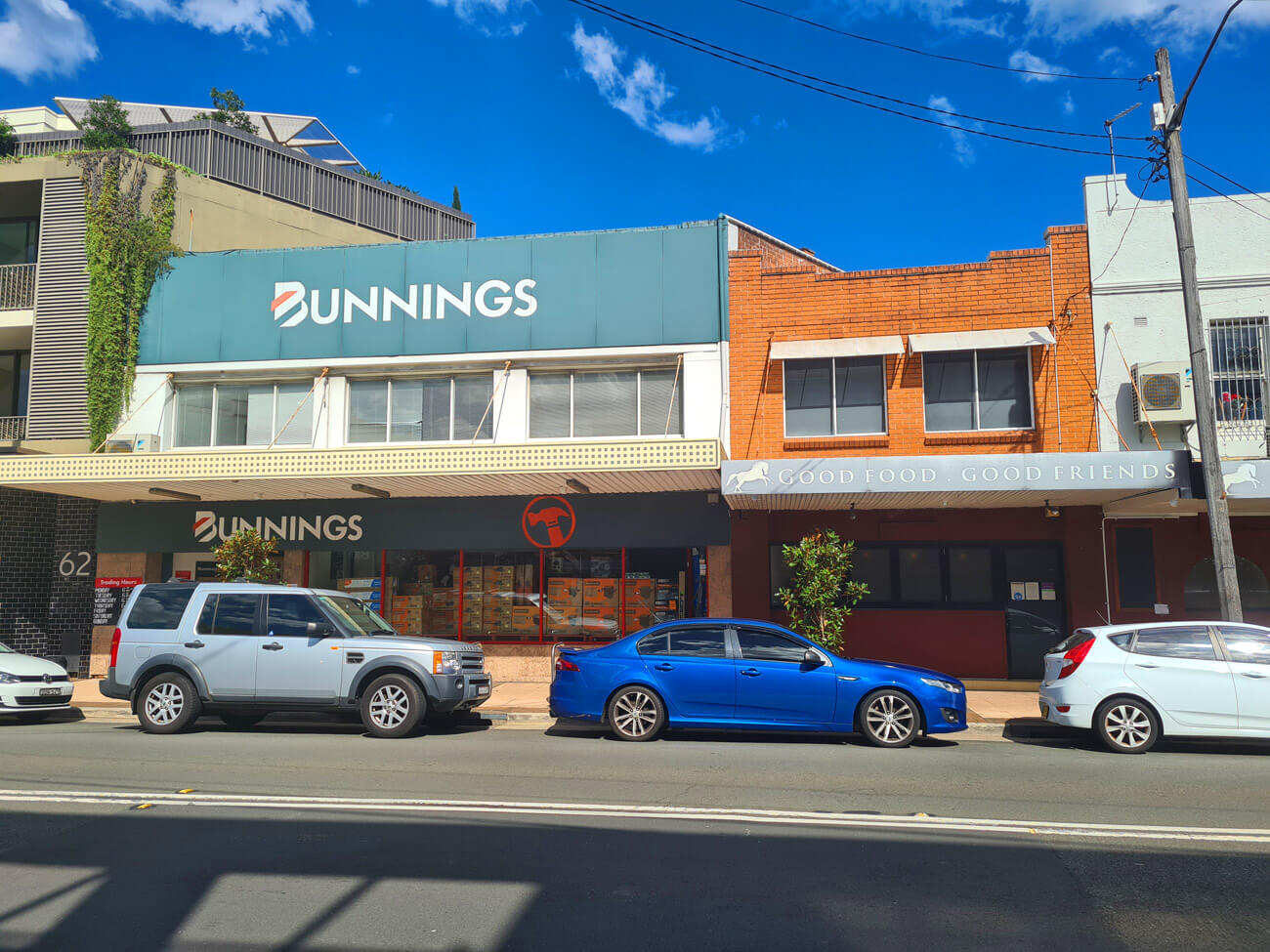
Parking is again often a difficult prospect at many of these retail/dining areas; fortunately, for those who live in the suburb there’s enough of them that at least one area will be within a reasonable walking distance.
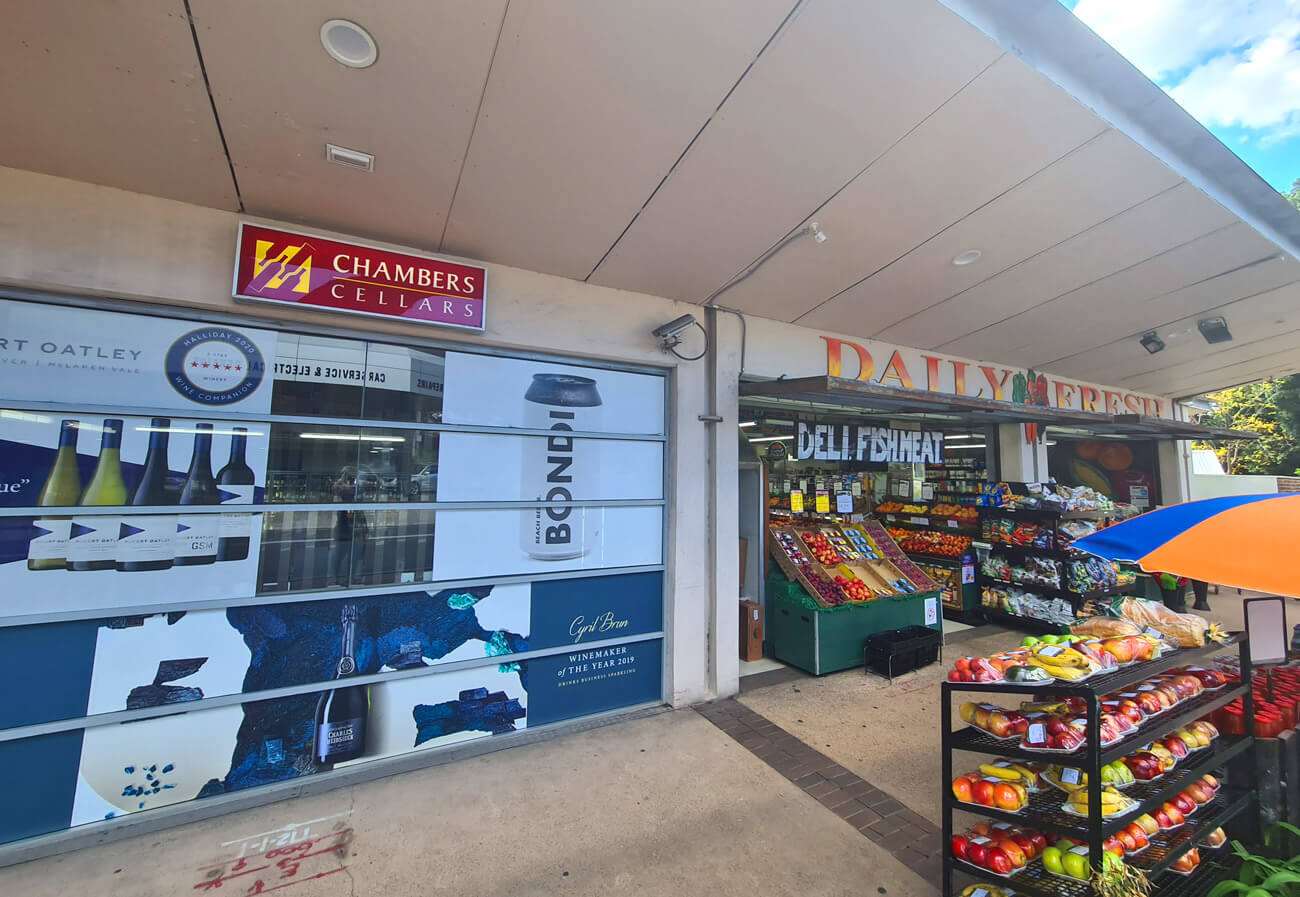
The sheer quantity of restaurants and cafes in Randwick makes them impossible to individually name; suffice to say if you’re the type who enjoys eating out – and has money to spare – there are few suburbs this side of Leichhardt that will tick as many boxes for you as well as Randwick can.
Even newer developments like Randwick’s redeveloped “Newmarket” hub of high-density modern living in the south of the suburb have been built out with dining and socialising in mind.
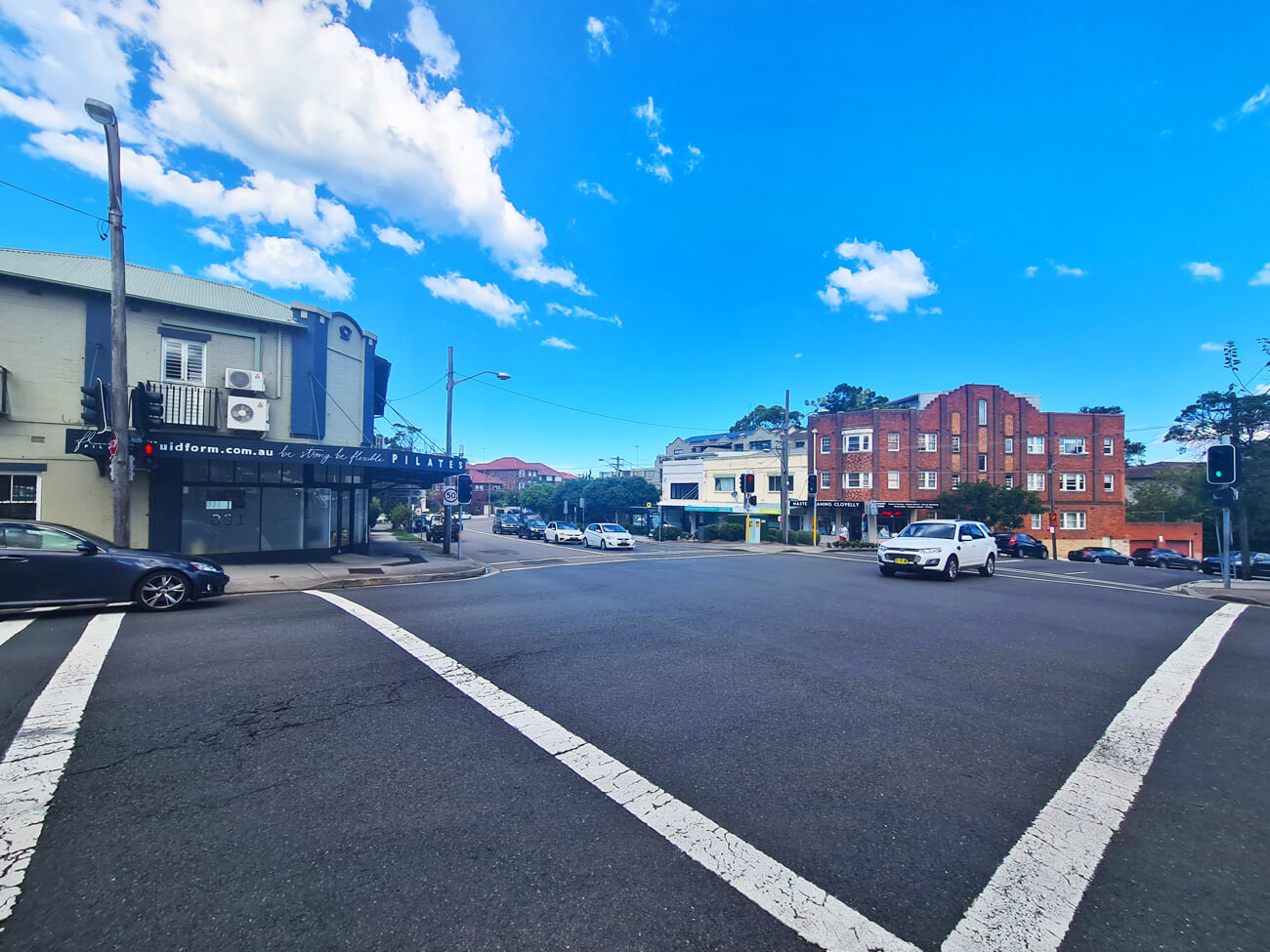
This is a pretty cool take on a suburban apartment development that has been pretty tastefully done; its cluster of modern units is centered around a modern dining and park/playground facilities in Inglis Park to give it a nice green feel that’s yet another cool and chic hangout spot that’s nowhere near typical built-up blandness.
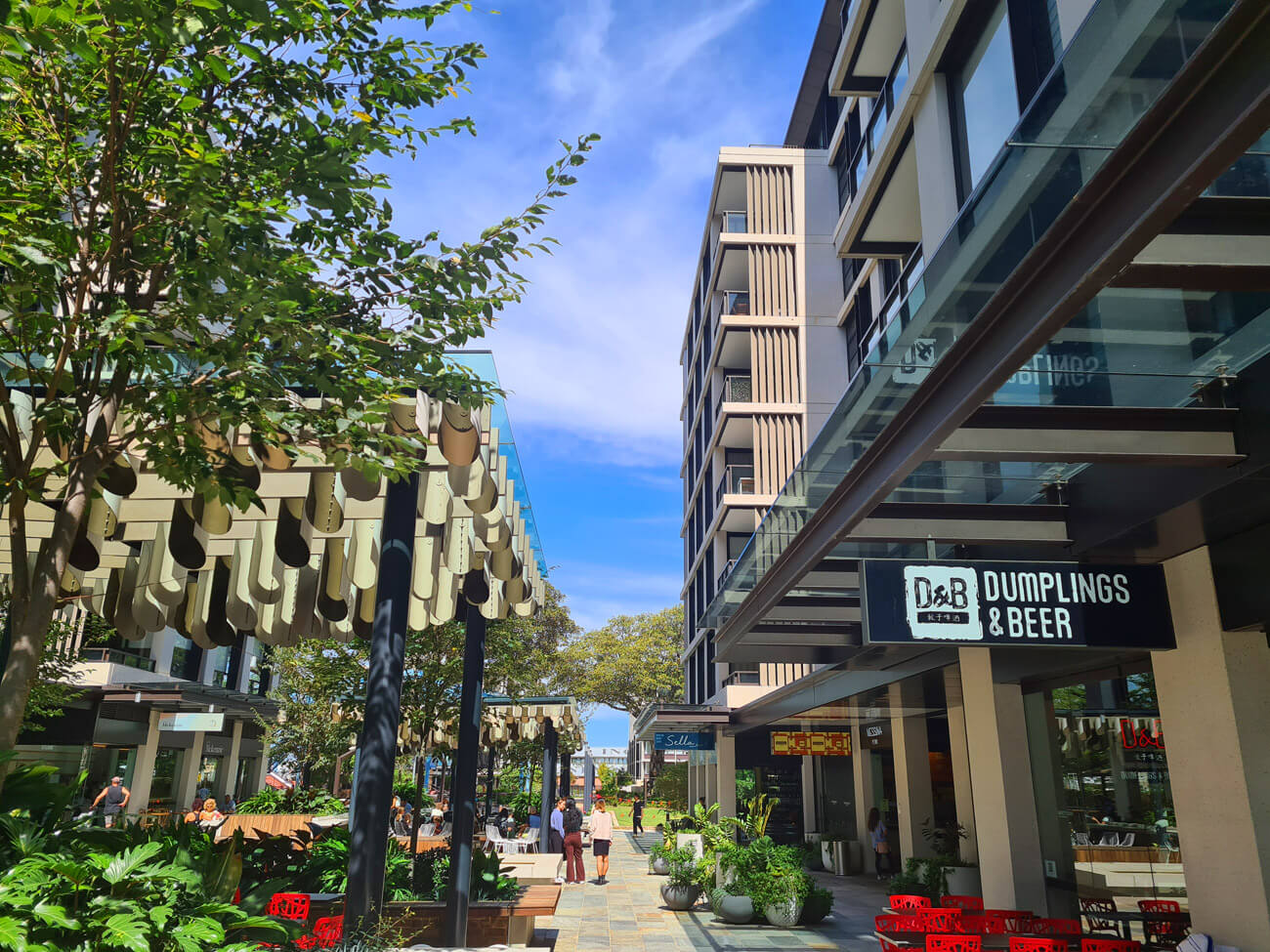
Randwick’s out-and-about scene isn’t just limited to things to eat, either. Its hotel/pub scene is one of the most extensive in Sydney, with a ton of cool spots both modern and historic in which to enjoy a drink.
These include varied locations that do everything from “pure” pubs to hybrid restaurants/pubs/nightclubs and everything in between such as (*deep breath*), the Royal Hotel, Randy Wix, Del Punto, Coach and Horses, The DOG, The Cookhouse… the list goes on.
Add in the extra spots over in neighbouring Kensington and beyond, and while it’s not known as a true “nightlife” hotspot, Randwick certainly punches above its weight in this category.
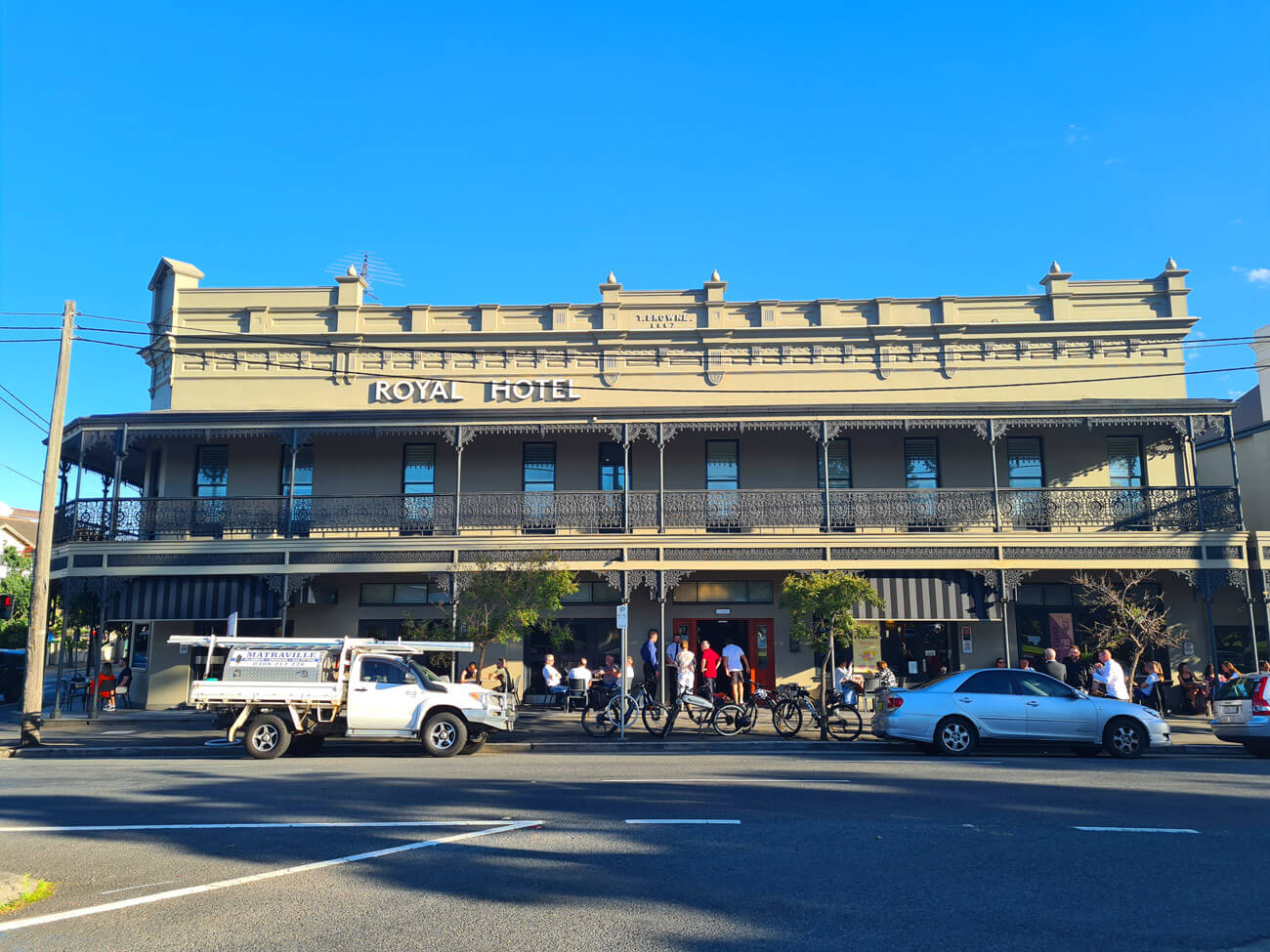
This concentration of alcohol also leads to the odd crime or two, however it’s mostly on par with mere Balmain-level shenanigans rather than anything truly concerning.
Other entertainment-based attractions like its art-deco-style Ritz Cinemas, and the sheer proximity to Coogee Beach, provide yet more options for things to keep yourself busy as well; add it all up and Randwick certainly is not a ‘boring’ place to live.
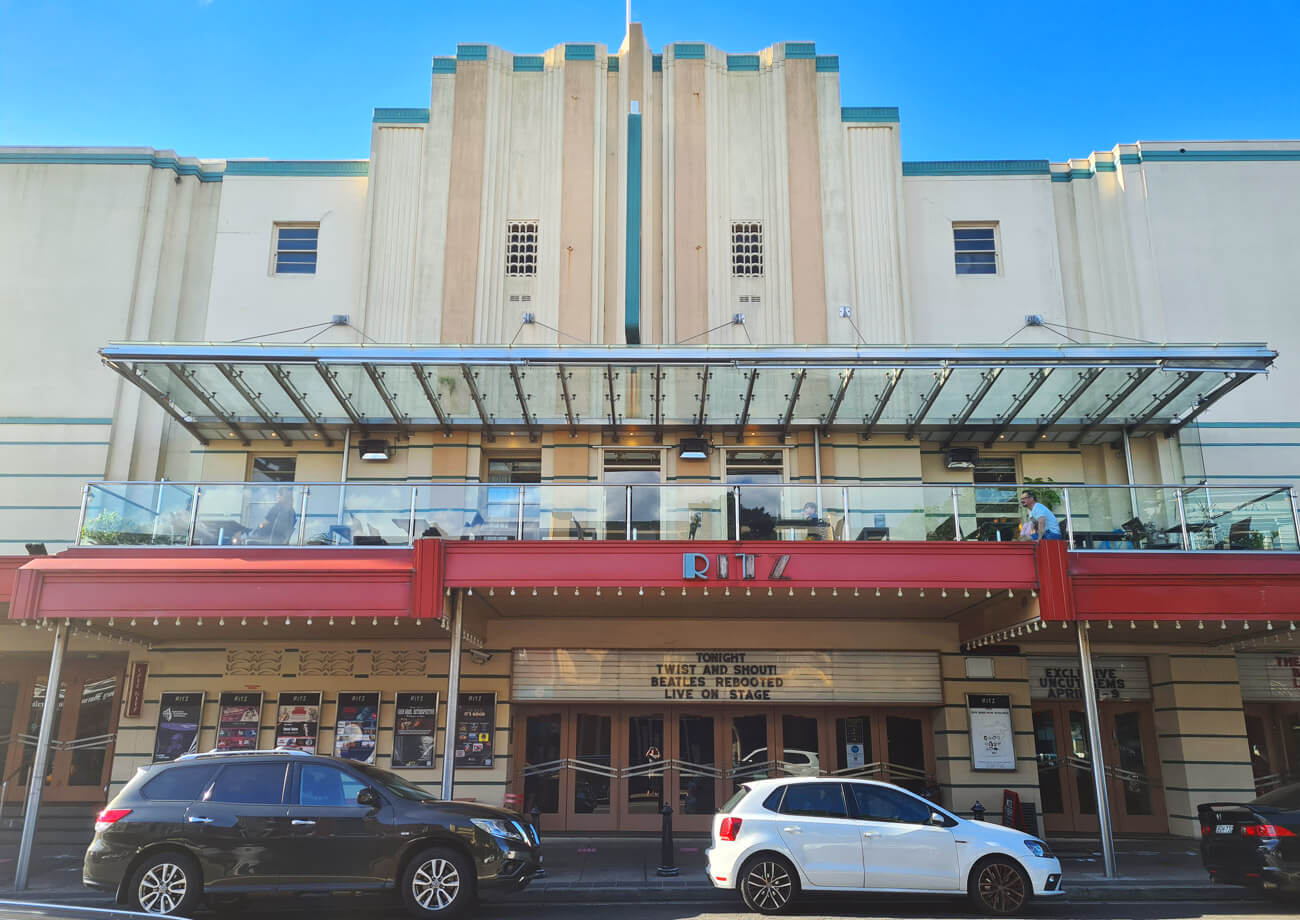
Education and the medical field are two other key aspects which Randwick offers in abundance.
This is a suburb with significant facilities achieving some significant things, and its streetscape is home to a range of notable and large-scale research centres, campuses, and other specialist centres contained within both historic sandstone buildings, and modern slick designs as well.
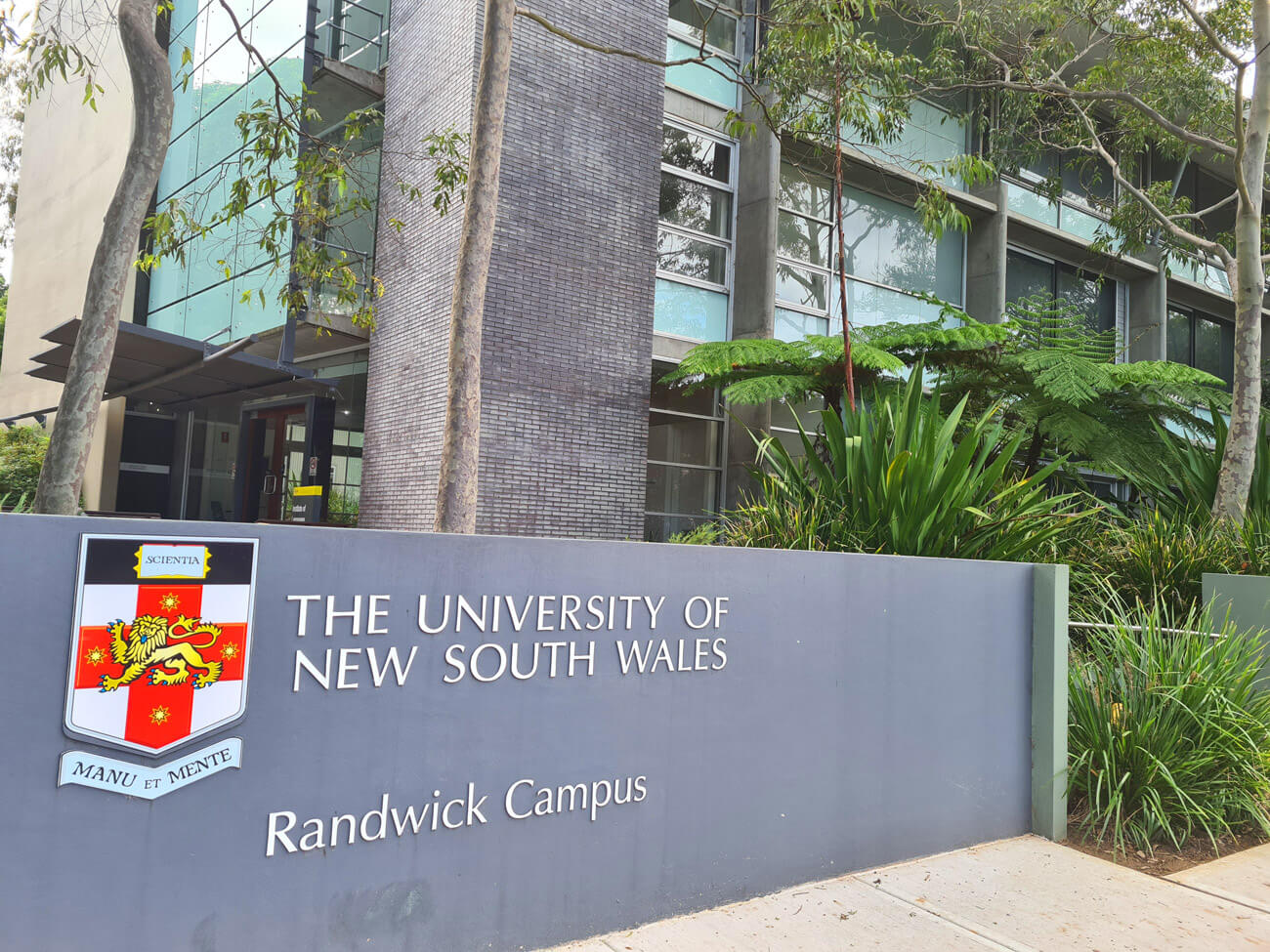
Outside of the multiple individual campuses of the University of NSW on the suburb’s fringes and within, as well as its TAFE campus, Randwick is also absolutely replete with an array of schools and colleges both private and public.
These include both co-ed and gender-segregated options, specialist education and more, to the point that Randwick is up there with one of the highest quantities of educational facilities per capita of any suburb in Sydney.
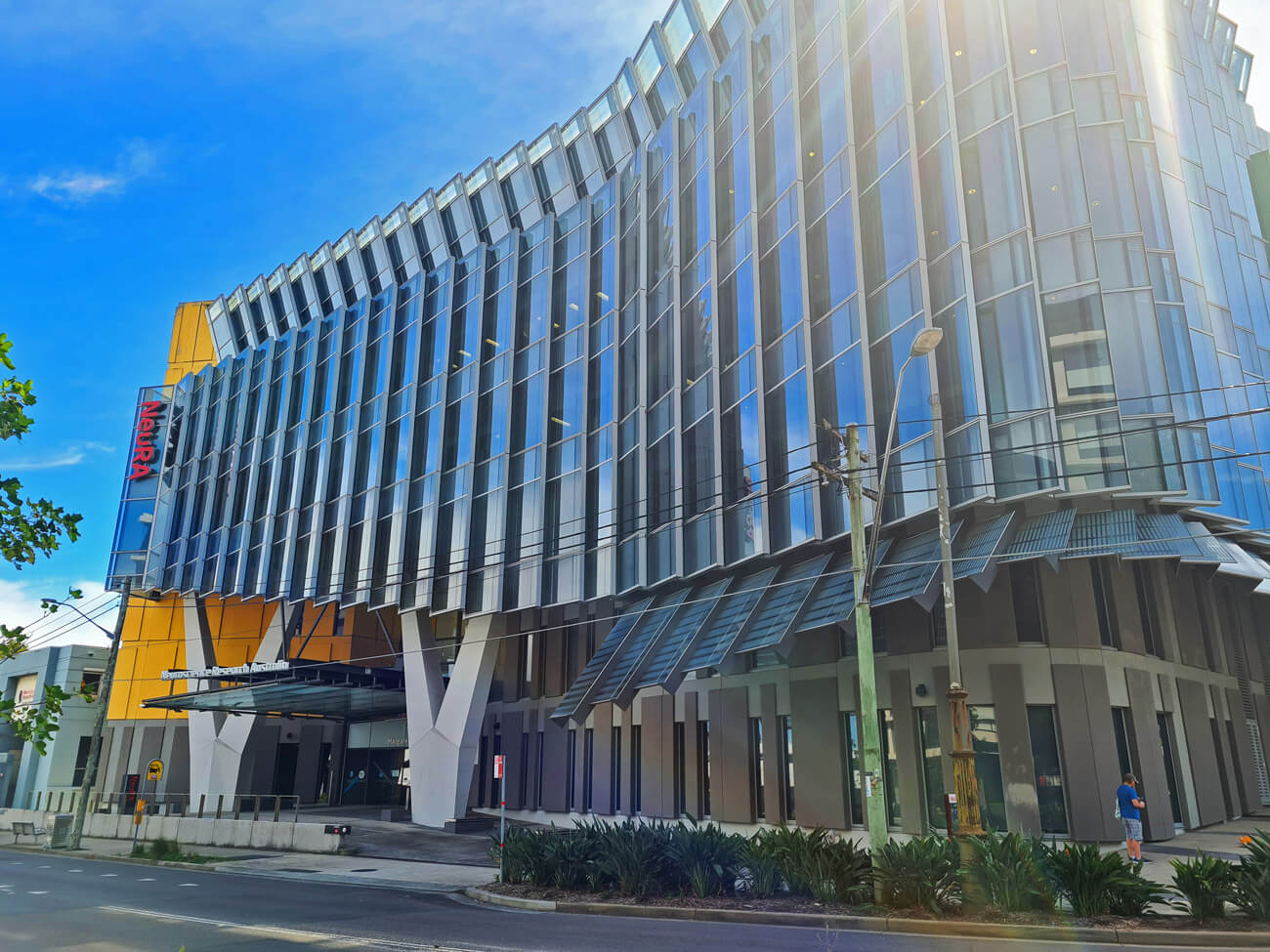
It’s also a reason why the suburb has been popular as a place to live/stay for university students, providing an injection of youthfulness into its streetscape and diversifying its demographics over the years somewhat.
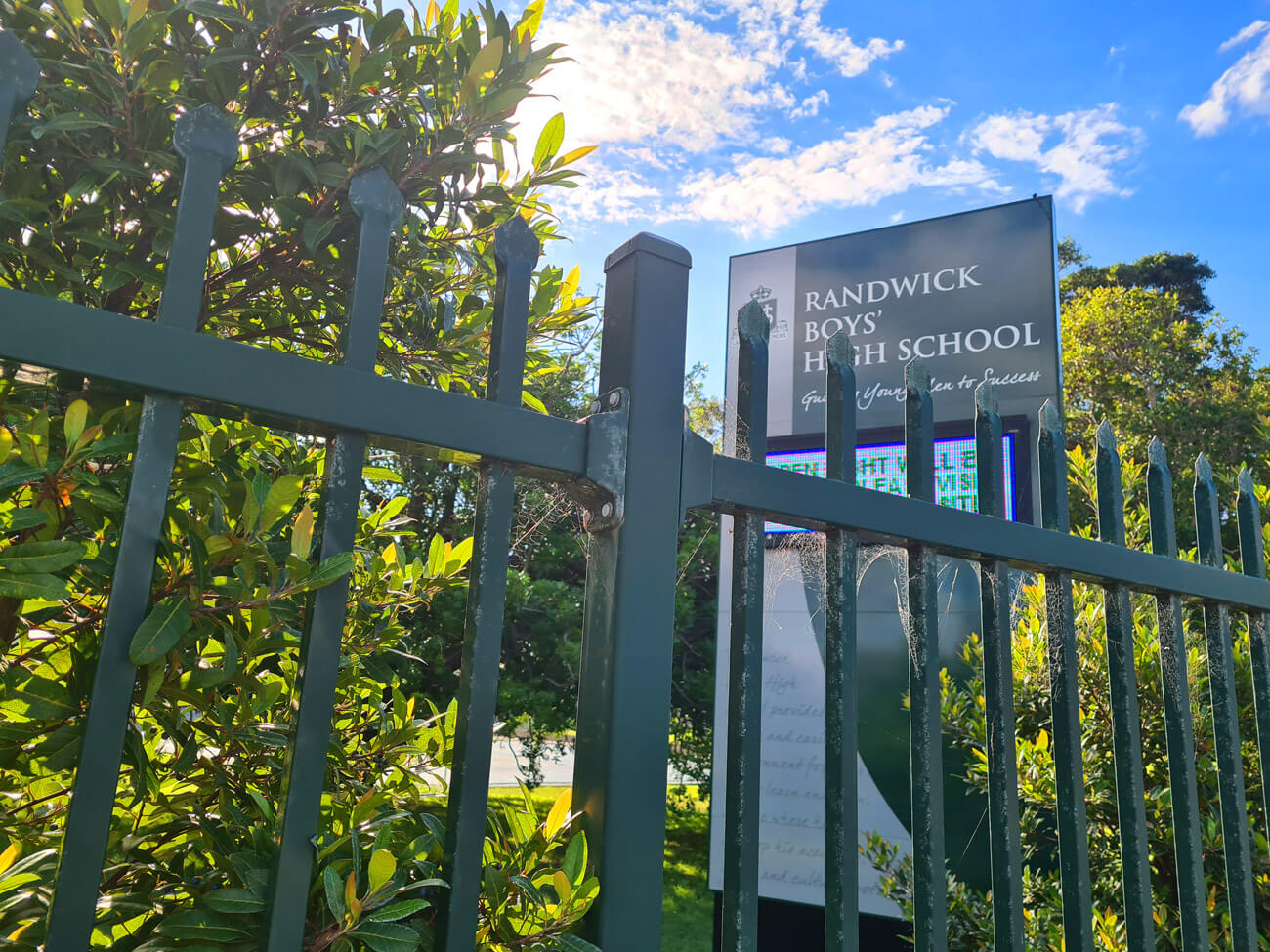
On the medical side, Randwick is home to several flagship hospitals and treatment & research centres, with noteworthy institutes such as the Sydney Children’s Hospital, Prince of Wales and more.
This is only set to continue to grow, as well; the currently-underway Randwick Campus Redevelopment will add yet more state-of-the-art healthcare services upon its completion as well.
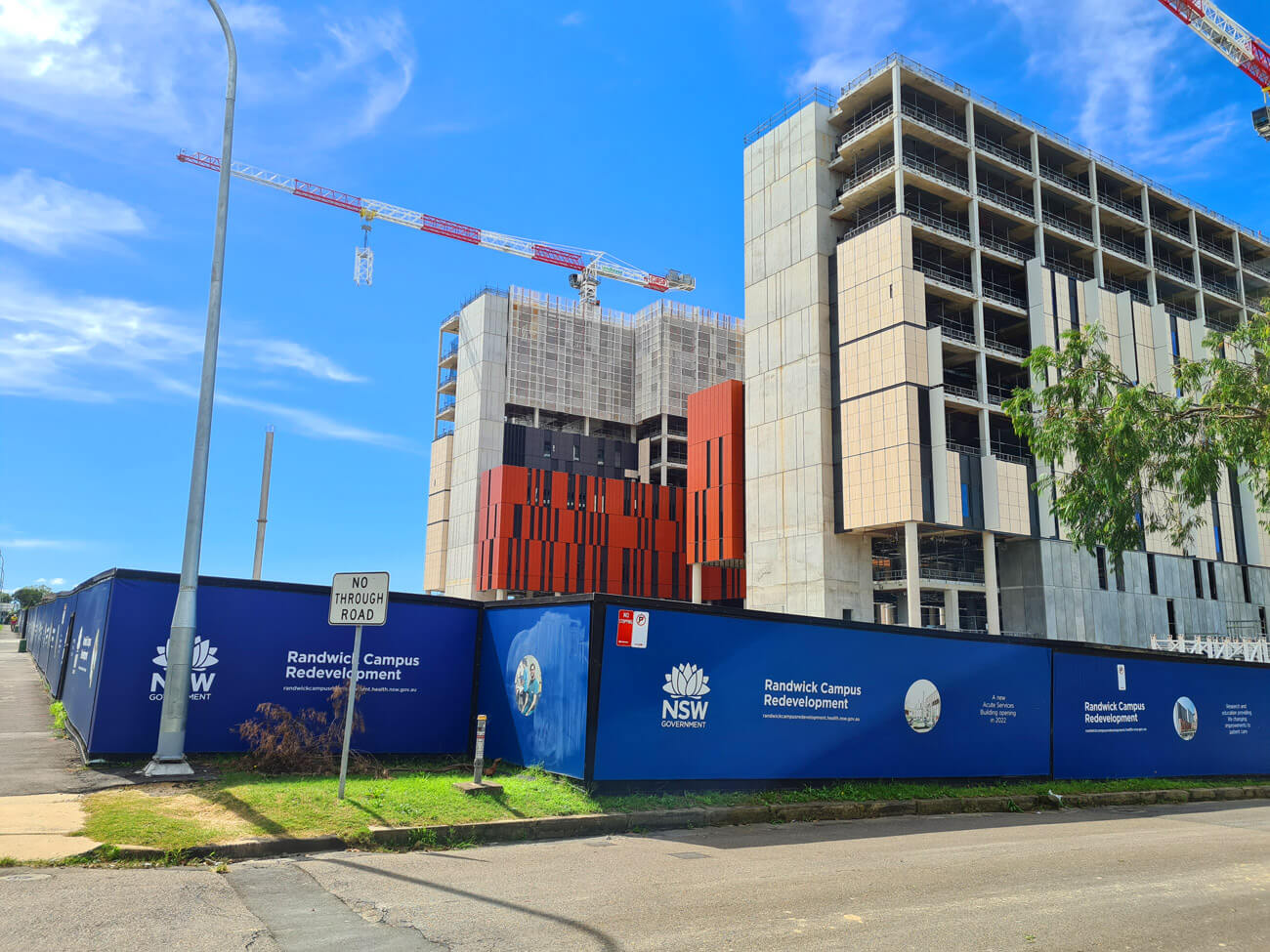
This overall feeling of “significance” Randwick has also extends to the many large public amenities and green spaces both within and just alongside its borders as well.
Its most obvious is its namesake Royal Randwick Racecourse – Sydney’s major hub for horse racing events that boasts some pretty immaculately-kept grounds and swanky facilities – regardless of how you feel about the sport itself.
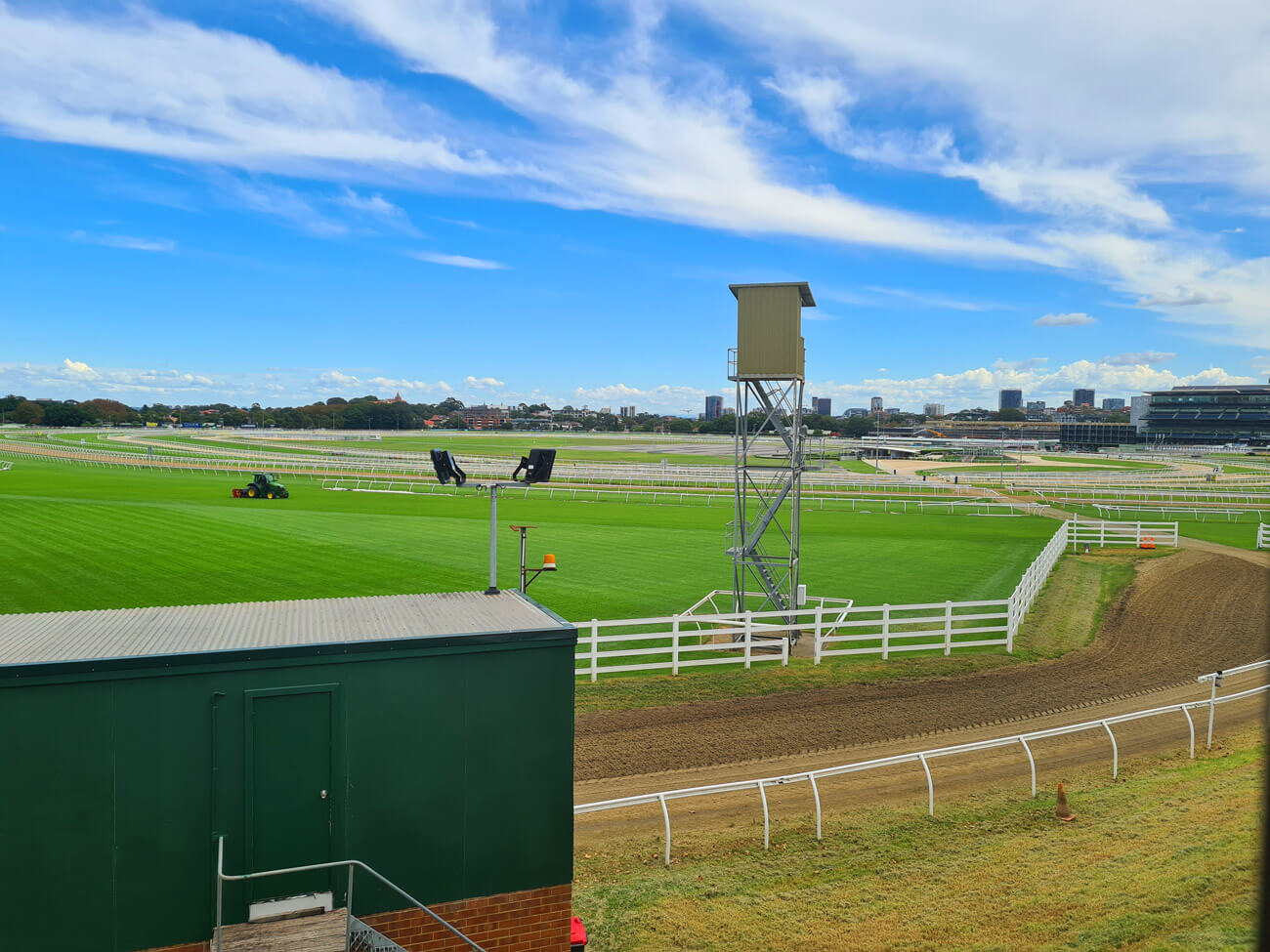
It’s the green spaces though that Randwick and surrounds do best. Both Queens Park (the park itself, not the suburb) and to an even greater extent, Centennial Park, are absolutely enormous spaces ideal for picnics, sports, exercising pets, walking and cycling, and basically everything in between.
There’s such a diverse range of scenery types – from historic monuments, to ponds, to ample bird life, fruit bats hanging in trees and more – that it’s just really freaking cool to have something like this right on your doorstep.
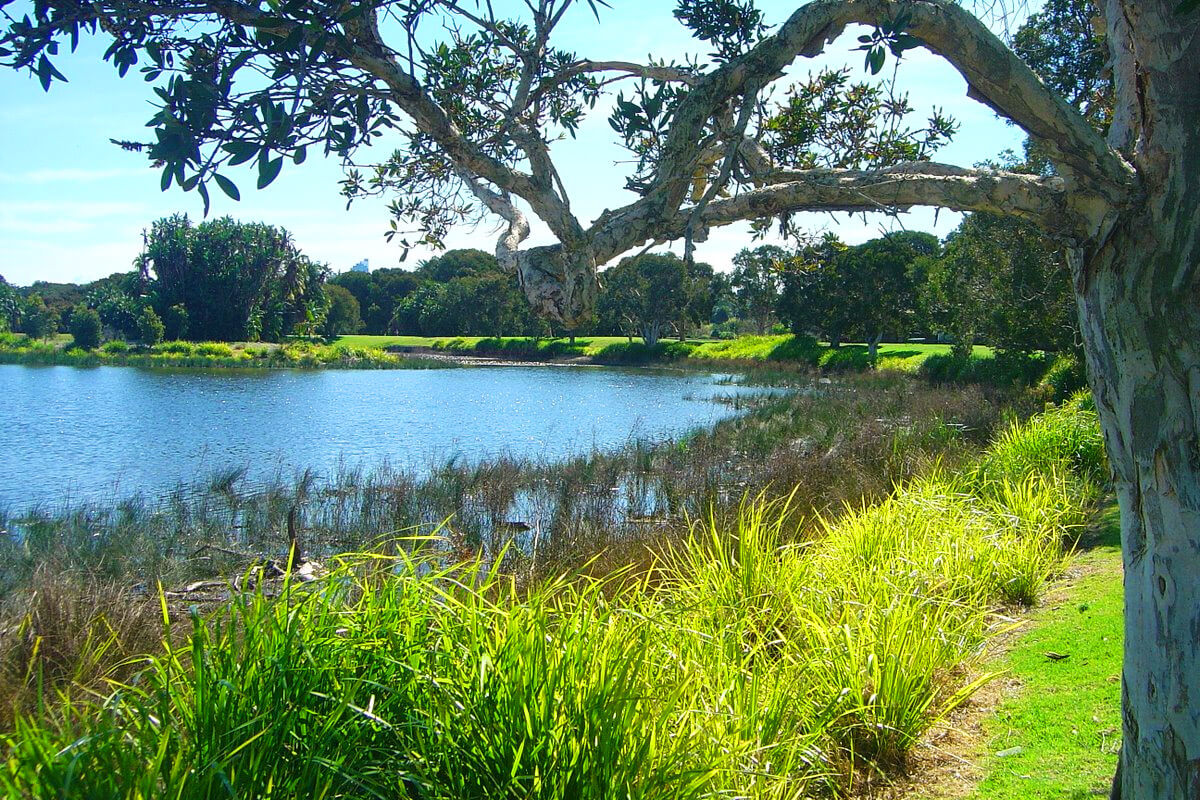
Their central location means these places to get busy at times, but they’re so large that you can almost always find a peaceful spot for yourself, and their buzzing atmosphere of cyclists, families, joggers and general citizens feels like “peak Sydney”.
Within Randwick itself, this green aspect does hold up too, just to a lesser extent. Many of its higher-end streets are substantially leafy, with only the roads around some of its more high-density areas feeling a little more concrete-jungle.
There’s a substantial amount of parks and reserves dotted throughout Randwick that, while often small, offer at least a well-kept slice of parkland that typically at least comes with some tables or playground equipment for the kids.
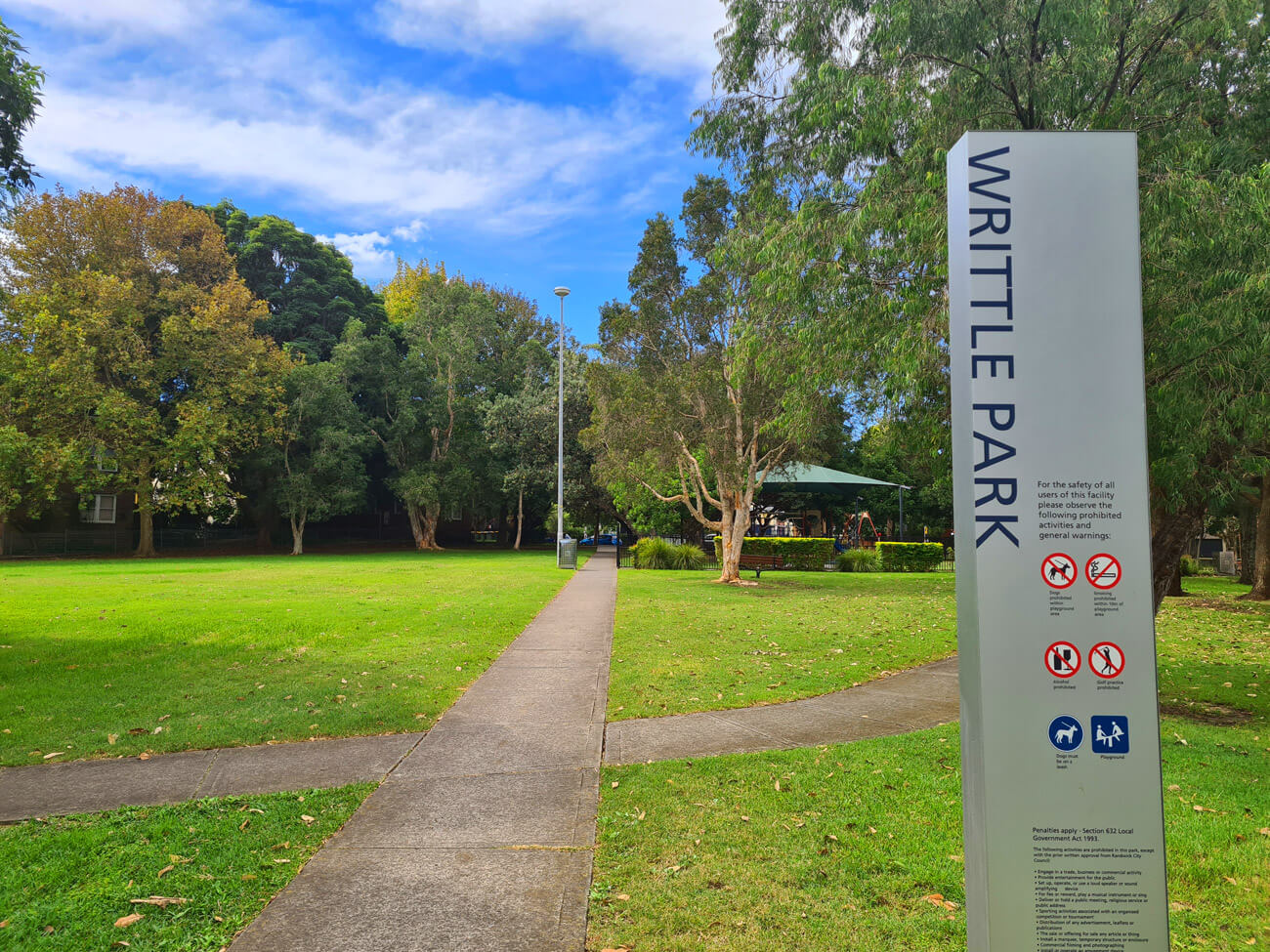
There are numerous examples of these throughout each quadrant of Randwick, with notables being the likes of Paine Reserve (a large, flat park that is semi fenced and has a decent sized playground), and Baker Park atop the hill which provides a cool mix of sea views, tennis courts, and an off-leash dog area.
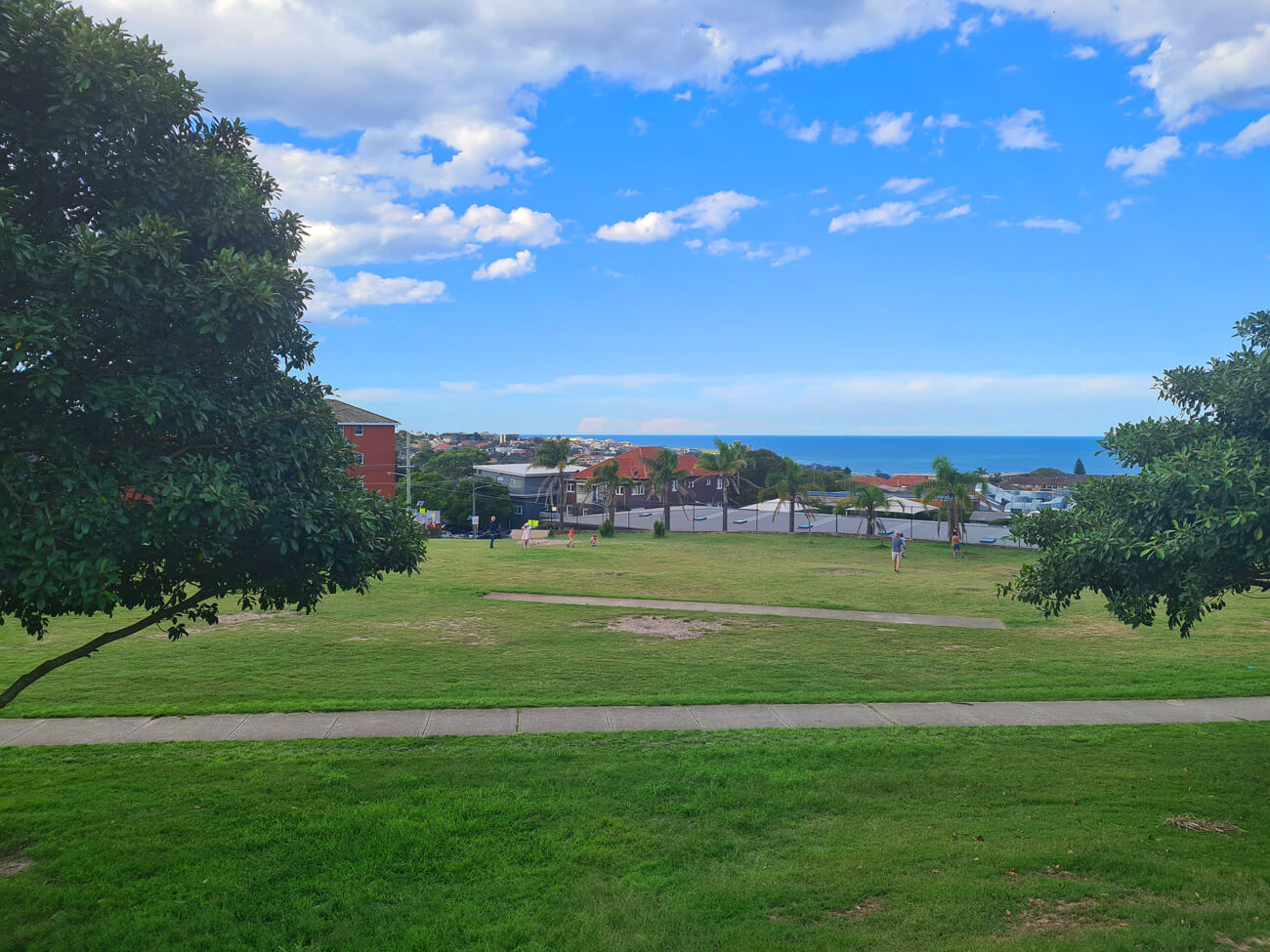
With its multiple other smaller and mixed parks, Randwick is lacking for nothing when it comes to public greenery other than perhaps a dedicated fully-fenced dog park for guaranteed pup safety. One other random fault: the suburb’s really lacking in public toilets, which doesn’t seem like something that should matter… until it does.
Overall though, Randwick is highly dog friendly in terms of pet-accommodating cafes, walkways and dog-permitted public green spaces; but a little less so in terms of house yard size.
Many of Randwick’s properties are older and narrow duplex style terrace homes with shared walls, however their block sizes are not particularly big – the houses often take up most of the block vs the yard itself.
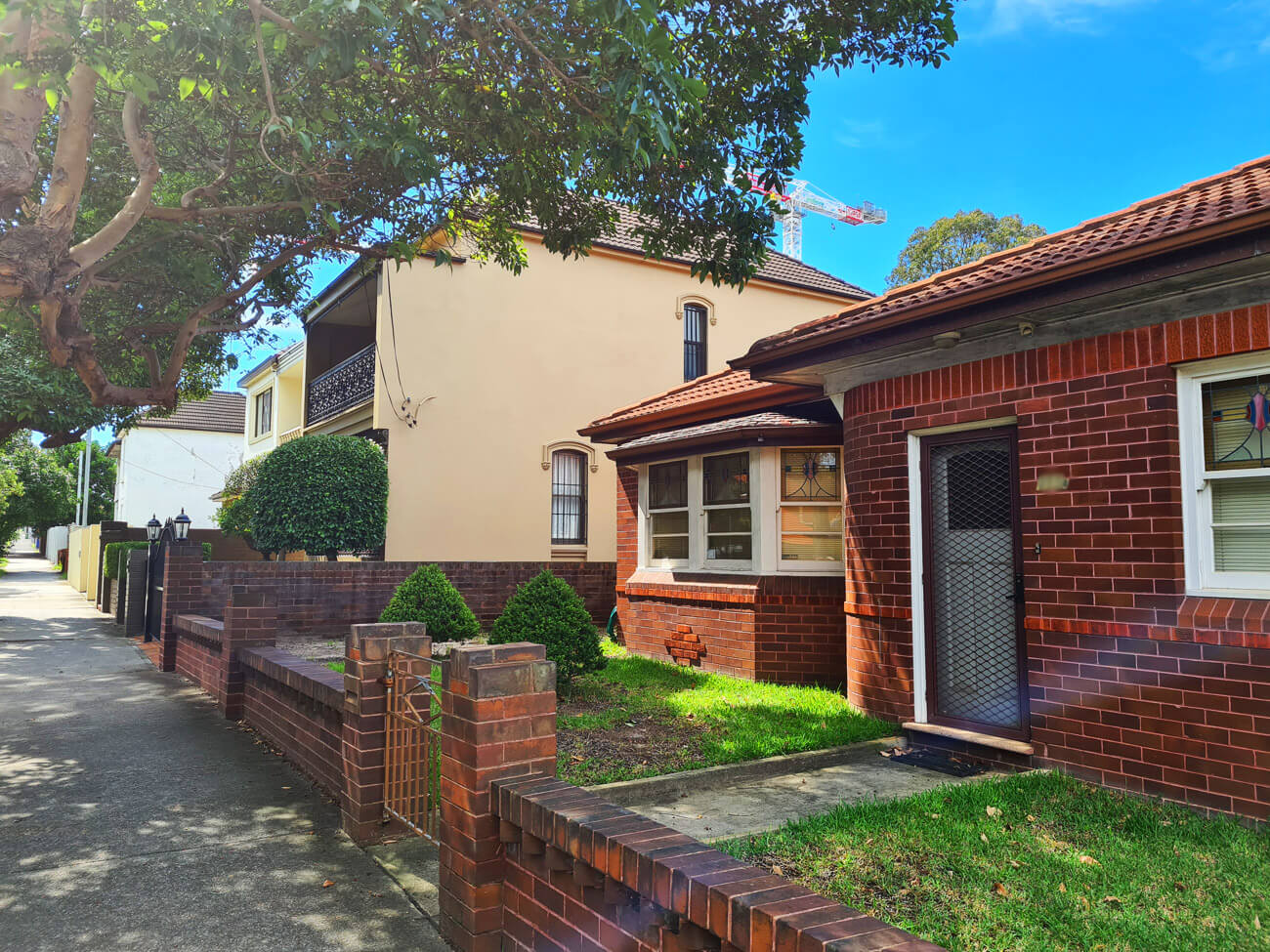
Terrain-wise, Randwick is walkable in some spots, but a chore to navigate in others. Only its central areas are truly flat; its extremities on either side range anywhere from mildly hilly to extremely steep slopes with the western side a fairly steep and hilly gradient in particular.
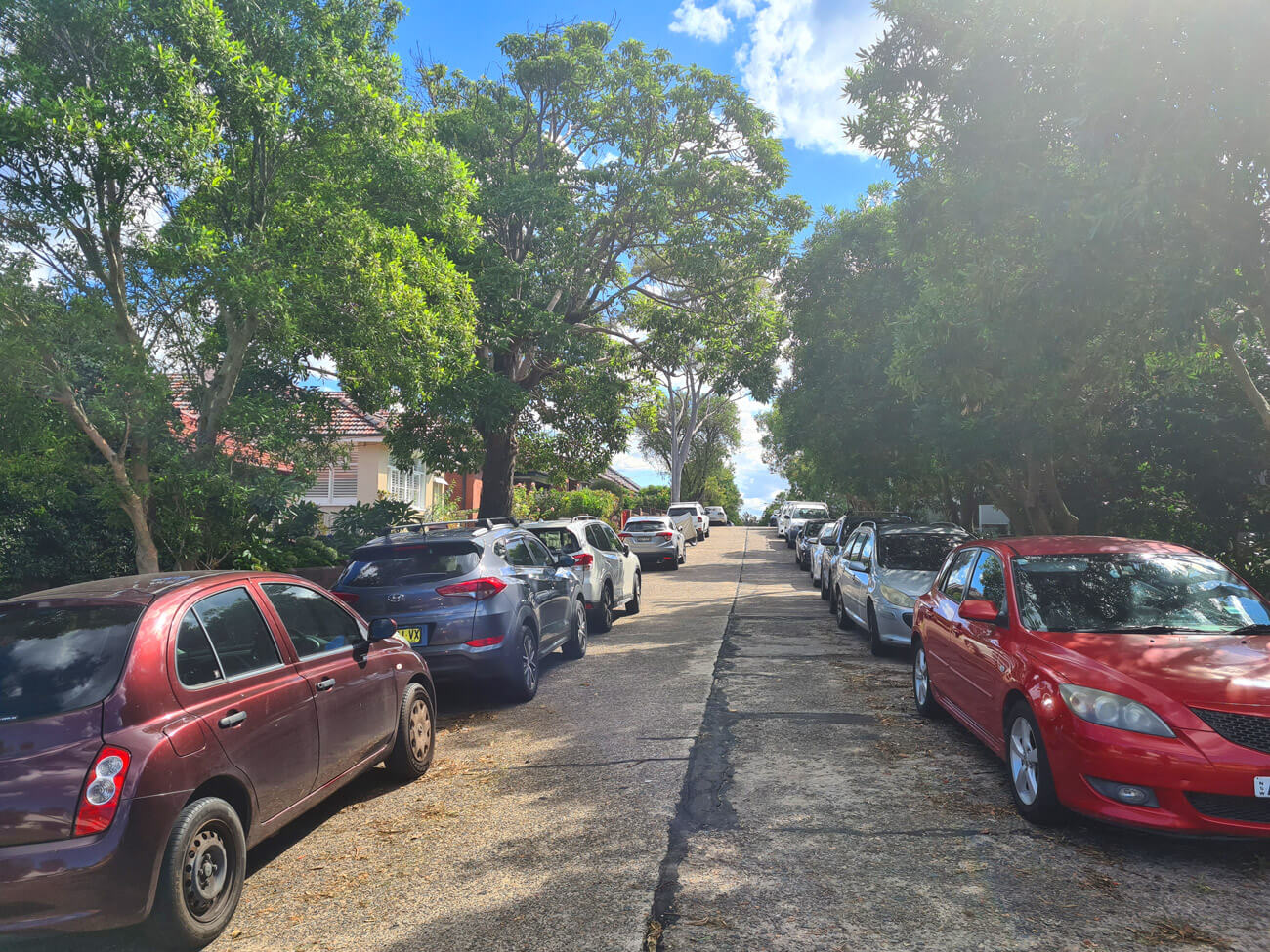
It’s well-equipped for cyclists with a range of cycleways on its flatter areas, but the rest of it is steep enough you’d likely prefer a car.
Many of its most historic and prestigious homes were built higher up on its hilled areas in order to take advantage of water views, with premier rows of mansions up on the likes of Dudley Street a prime example.
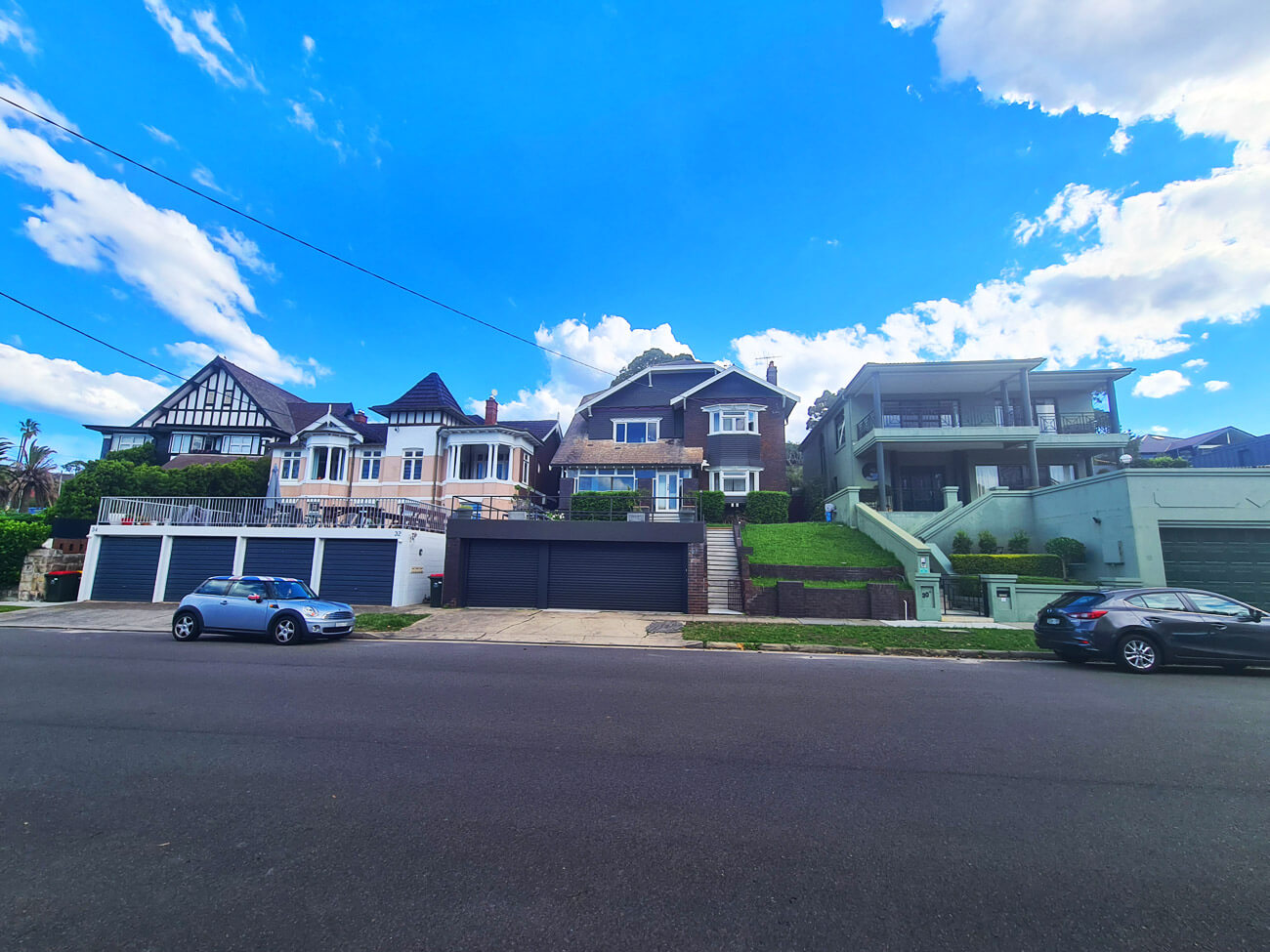
Randwick’s present-day housing scene and general streetscape is a diverse and eclectic mix of home styles that generally becomes more up-market the closer you get to the water.
While much of it is historic, pockets of new homes have been progressively added in, creating an inconsistent streetscape often with massive contrasts from one side of the street…
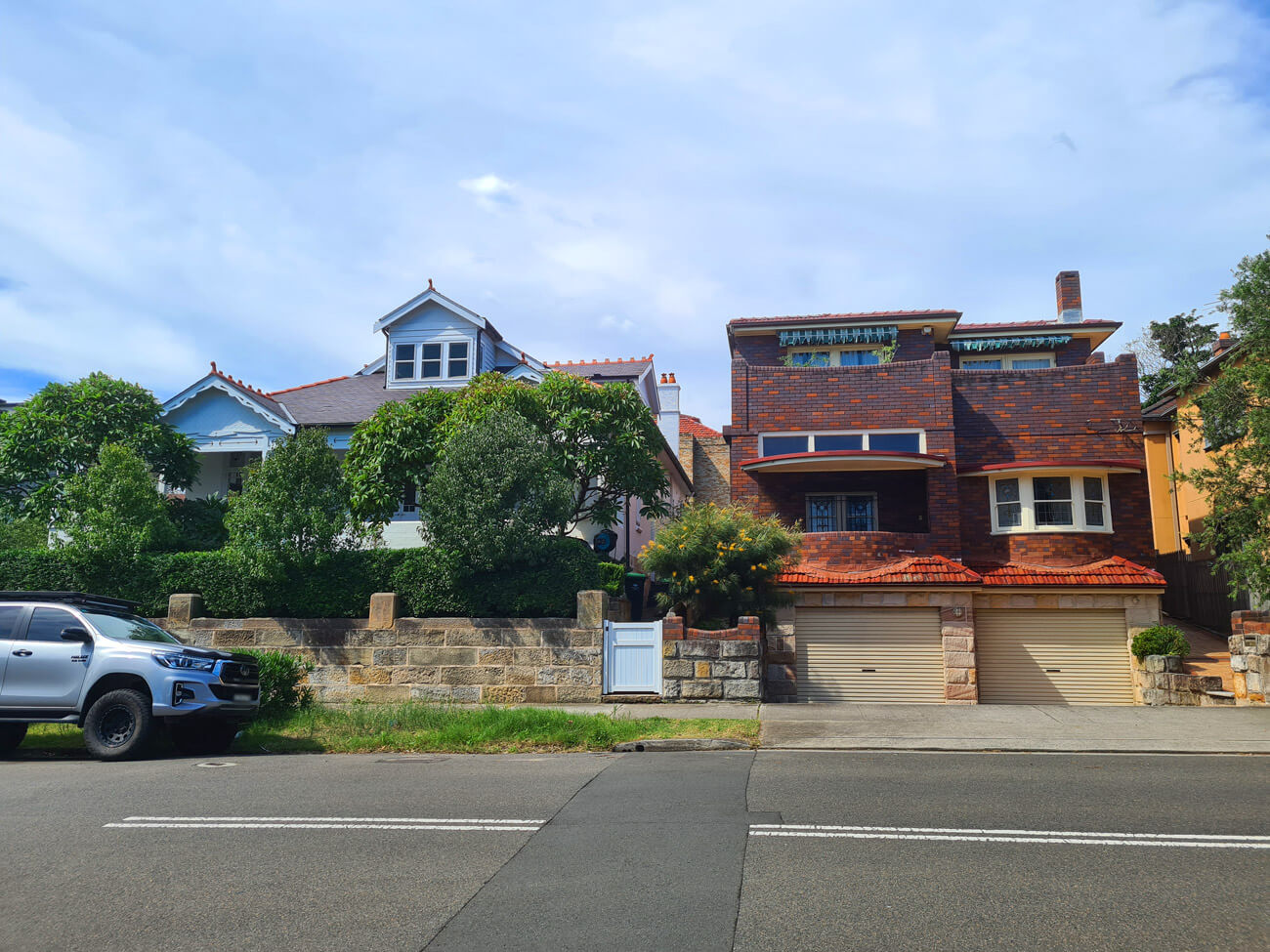
… to the other.
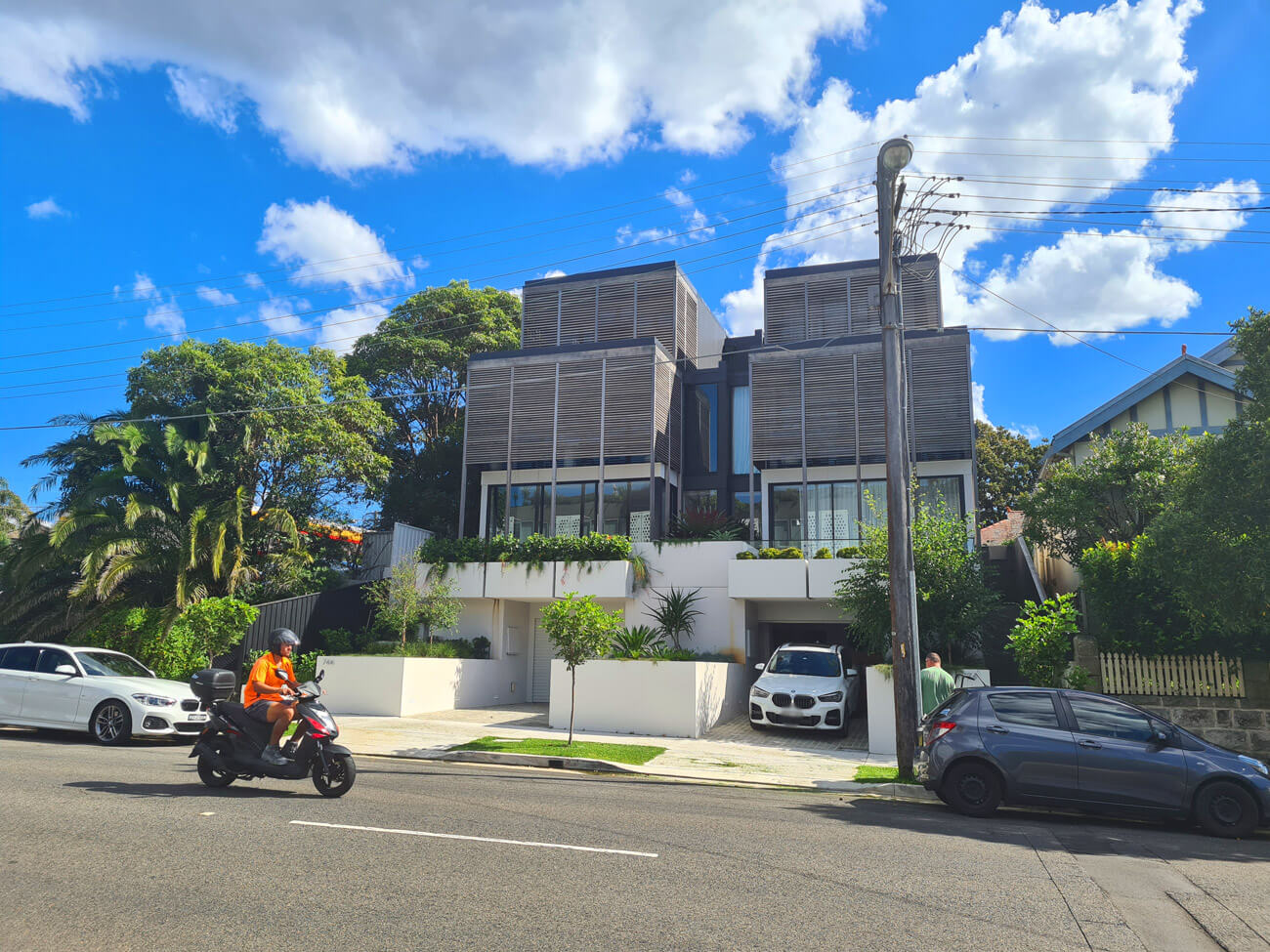
It certainly makes for interesting variety, if nothing else.
Cute and narrow terraces draped in vines and greenery sit alongside the occasional period mansion in various states of maintenance or disrepair, with the odd palm tree added in for just a pinch of that “Coogee” atmosphere, and “This Home is Protected by Expensive Security” type stickers visible on almost every premium property.
“As a suburb, Randwick has a ton of character, particularly in its more historic aspects, and is certainly an interesting place to visit – let alone to live.”
Randwick is also surprisingly high-density, both in terms of population and the buildings themselves.
While its signature is clusters of older, historic walk-up lowrise unit blocks in that British-style large brown/red brick, there’s a hefty helping of bigger apartment buildings as well.

Despite this diverse housing profile, it’s hard to call Randwick anything other than expensive. With all this abundance of high-density housing, you’d think that it might be possible to score a reasonably-priced place to buy for those happy with apartment living, but that’s not necessarily the case.
While Randwick is home to plenty of older and seemingly less-appealing units/apartments on the outside, in recent years most people have cottoned on to the fact that these decades-old builds are far better structurally than many of the mass-produced modern blocks being cranked out in a range of other Sydney suburbs.
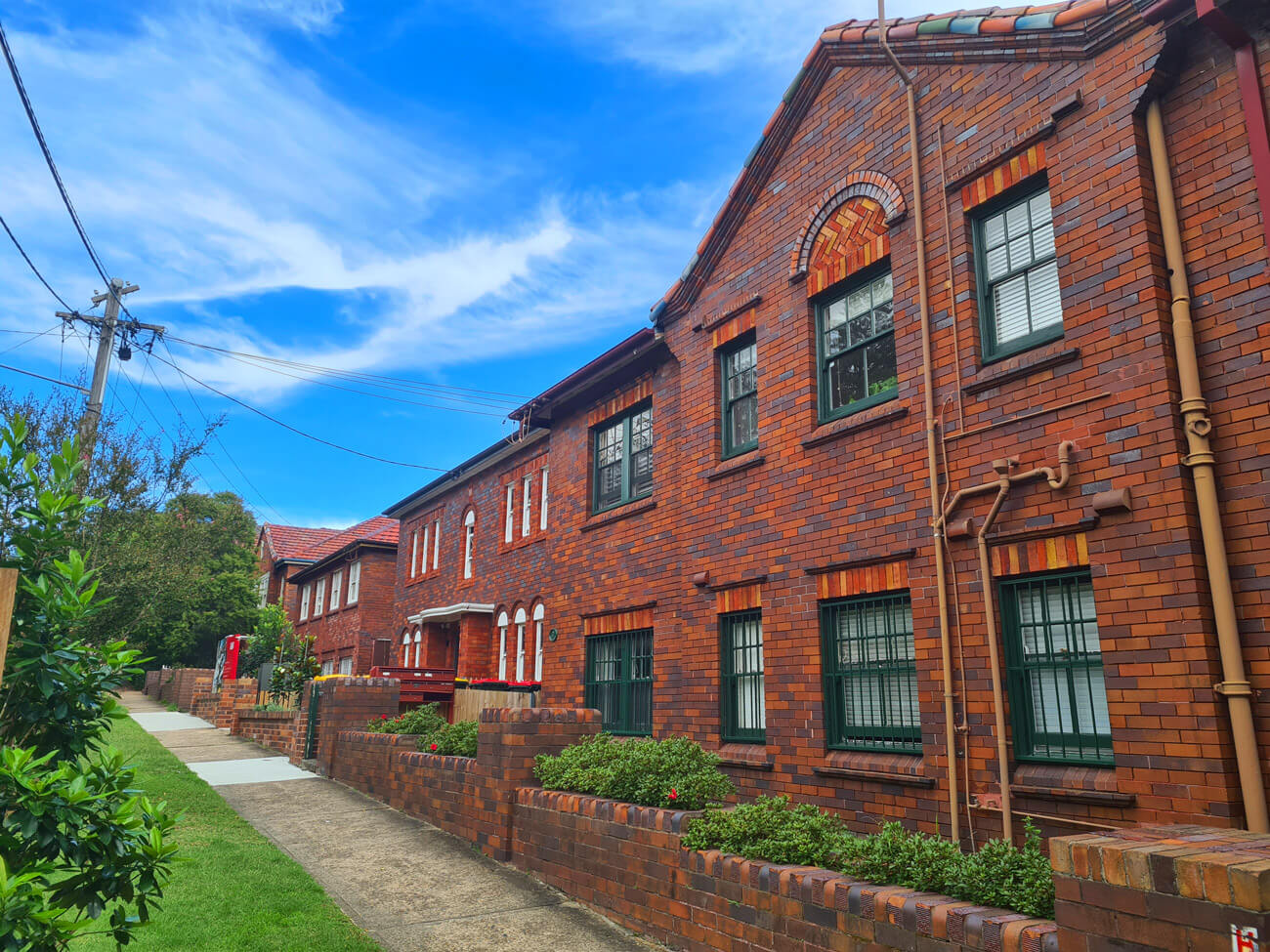
The theory goes that it’s better to buy an older, solidly-built walk-up unit or apartment and fork out the money to renovate its interior to modern-era design – without the fear that the building is going to degrade or topple over a few years down the track.
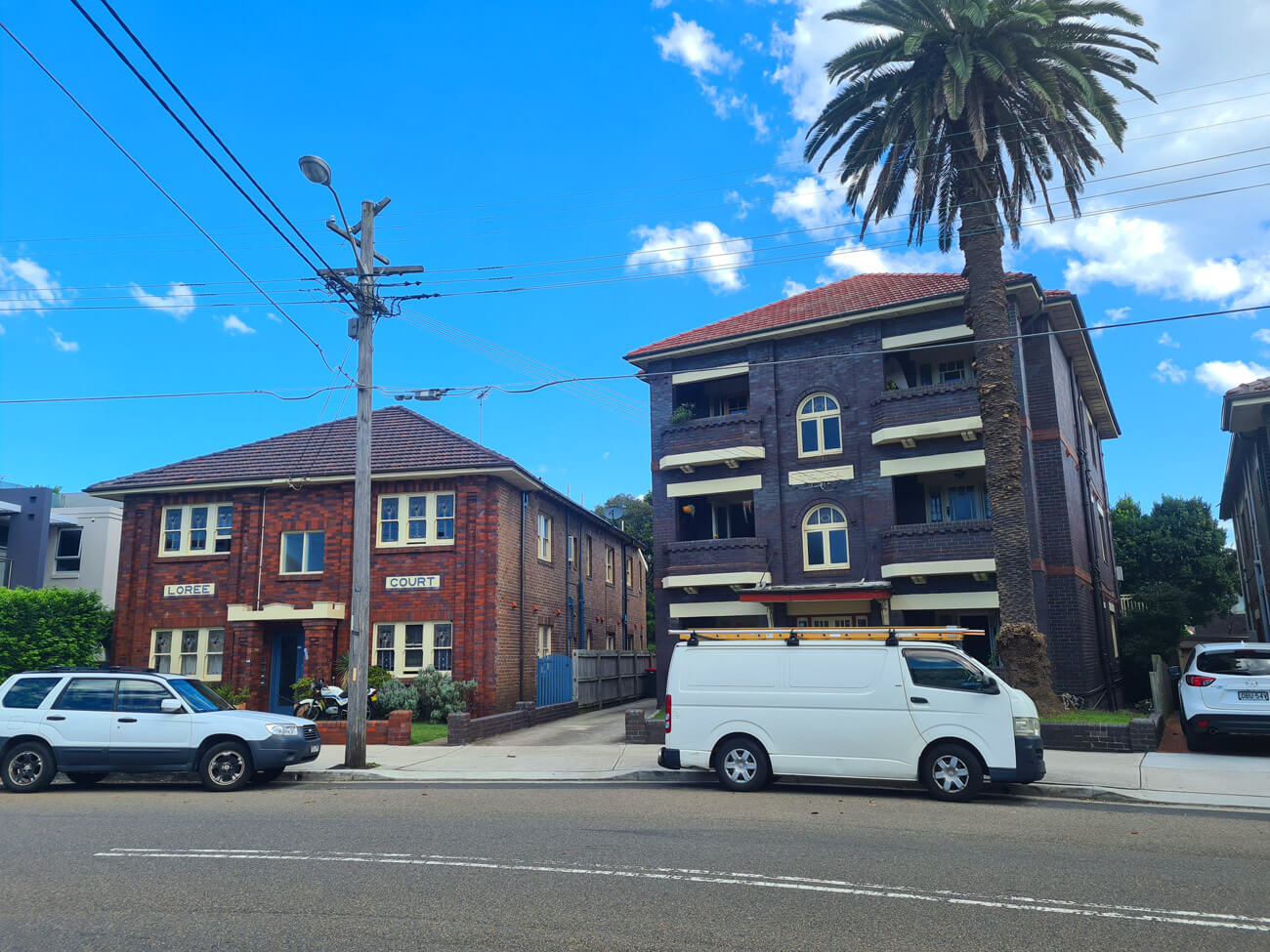
Combine this with Randwick’s great location, and its apartment scene has remained largely expensive despite other apartment-heavy parts of Sydney seeing pretty substantial price drops in the Covid-19 era. If anything, Randwick’s apartments have continued to rapidly climb, and now it’s verging even more on ‘overpriced’ territory for units.
In the present day, it’s hard to find a decent 2 bedroom unit in Randwick for below the $1.2 million mark; anything under the $1 million figure likely will require extensive renovations to bring up to modern standards, or not be a “true” two bedder, or in a shonkier building, or… you get the picture.
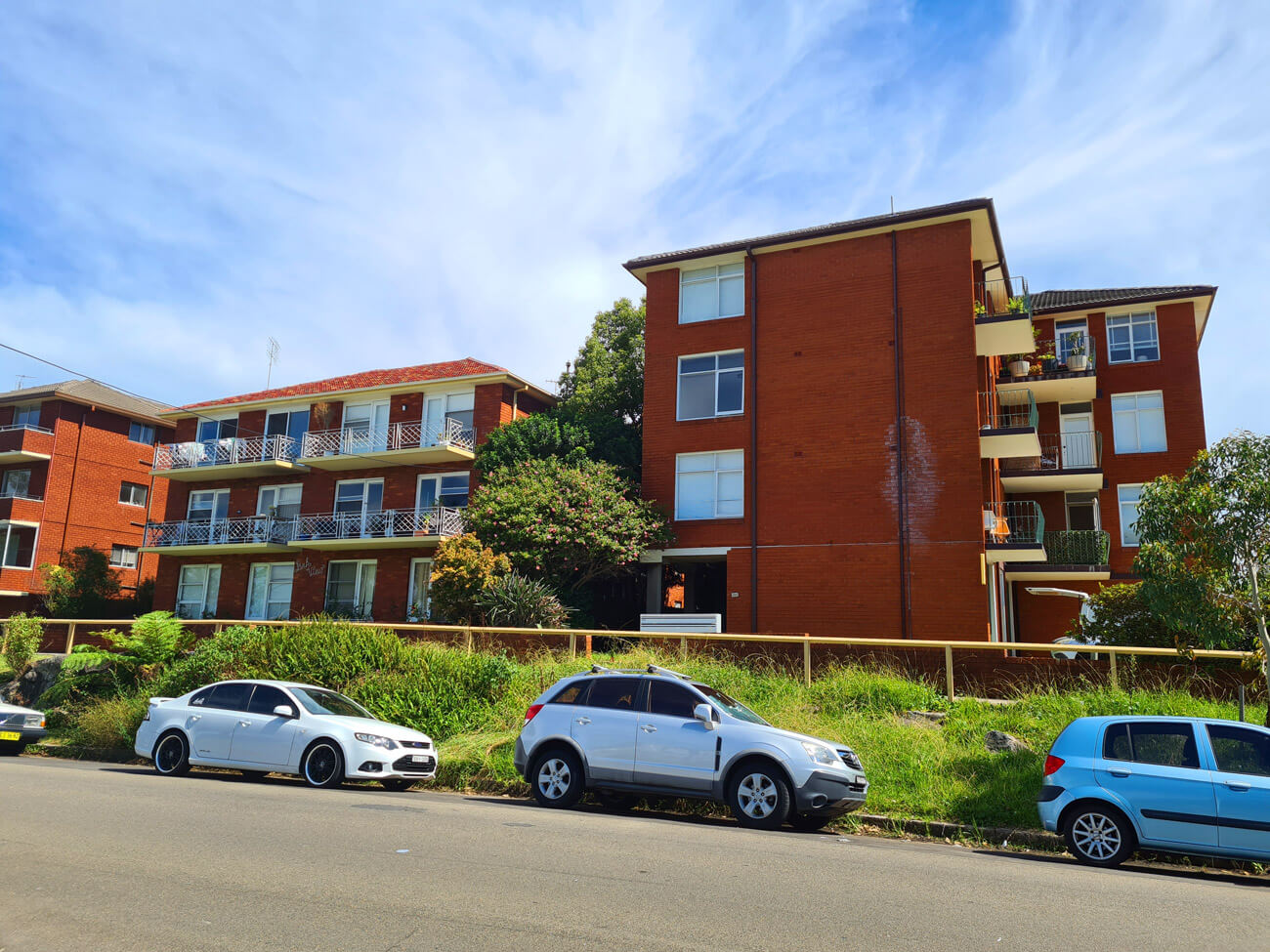
Its prime location combined with a scarcity of supply makes its detached housing scene even more exorbitant; terraces often go for $2.5 million or more, and full-blown houses in Randwick easily eclipse $3 million.
Rental-wise things can be more reasonable for those after apartments, with a two bedroom apartment with a car space typically around the $600 per week mark; remove the car parking requirement, and you may be able to slash $100 off that figure. This can be reduced even more if you’re willing to live in the parts of the suburb that can be affected by aircraft noise as well.
The Verdict
As a suburb, Randwick has a ton of character, particularly in its more historic aspects, and is certainly an interesting place to visit – let alone to live. It’s inner-ish Sydney at its most buzzing, walking the line well between upkeep, essential public works, cool dining and drinking, a high Audi’s-Per-Metre (APM) ratio, and all the other things you might expect of upmarket, inner-eastern Sydney all combined into one spot.
It’s more charming than Bondi; it’s cleaner than Surry Hills; it’s more upmarket than Maroubra; it’s got more interesting stuff going on than Bellevue Hill. Randwick may not tick the highest highs of any of them individually, but in the aggregate takes enough of the best of each to make for something probably better overall.
Its transport connections help offset some of its issues with traffic and parking, and it’s home to enough drawcards to appeal to multiple sets of people – those studying at its educational facilities, working in its medical industry, foodies, pub goers, cyclists and more – that it ticks a hell of a lot of boxes for plenty of different age groups and interest types too.
Having so many significant public green spaces and works, as well as a quality beach, nearby is something few other suburbs can offer; as a result Randwick brings a premium pricetag along with it for the privilege. It’s likely going to be financially out of reach for many as a place to live long-term, and its continually hot demand as a place to rent means that this is never likely a place that will ever dip much in price – even for renters.
That said, if you’ve got (or are willing to fork out) the money for a balanced slice of Sydney life, Randwick offers such an interesting mix of things to see, do, and access that it may just be worth paying the sticker price for those who like a more active lifestyle.




